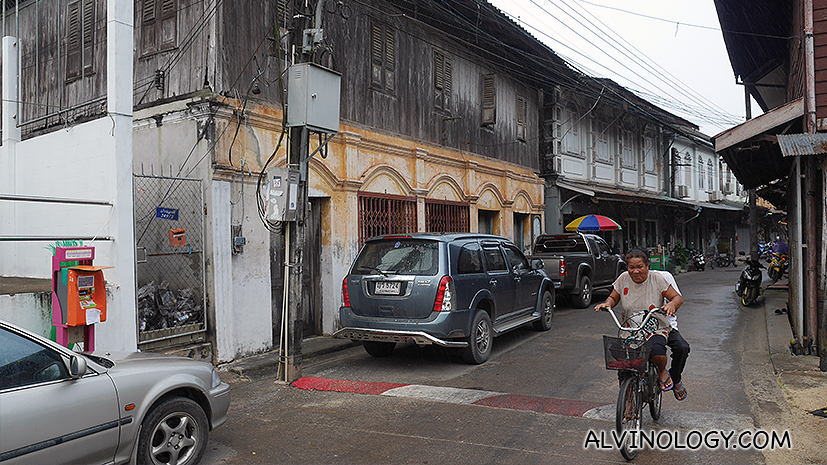
Chantaboon is an old town in Chanthaburi province in Thailand, located about a 4 hours drive from Bangkok. The town is rich in history, with recordings of inhabitants for over centuries.
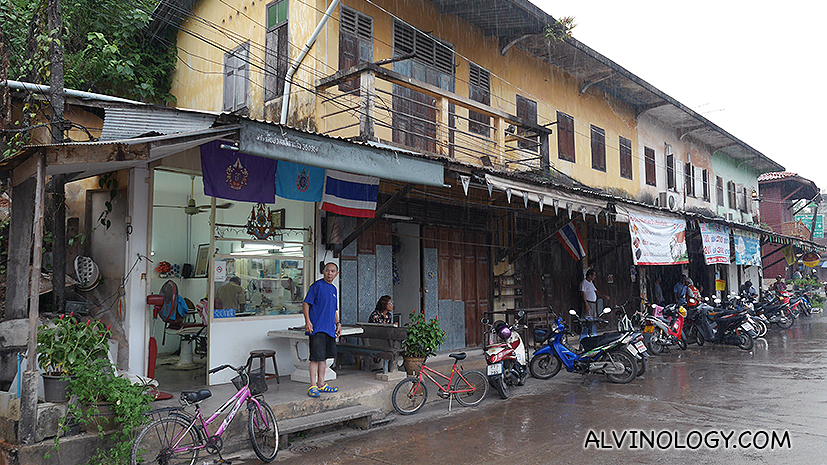
After spending a night at Rayong and exploring Chanthaburi, I settled down in Chantaboon to stay for the night and to explore the waterfront community.
In the past, this area was called Yaowarat or Chinatown of Chanthaburi, and enjoyed flourishing trade and businesses. The Chinese influence is still visible in Chantaboon, from the architectures to the many temples and the kind of food the locals enjoy.
Around 300 years ago, farmers and merchants started trading alongside the river at Chantaboon, which provided easy transport links. Later, Chinese and Vietnamese traders and refugees came to the area. The latter brought Catholicism into the area, with the building of a Catholic Church.

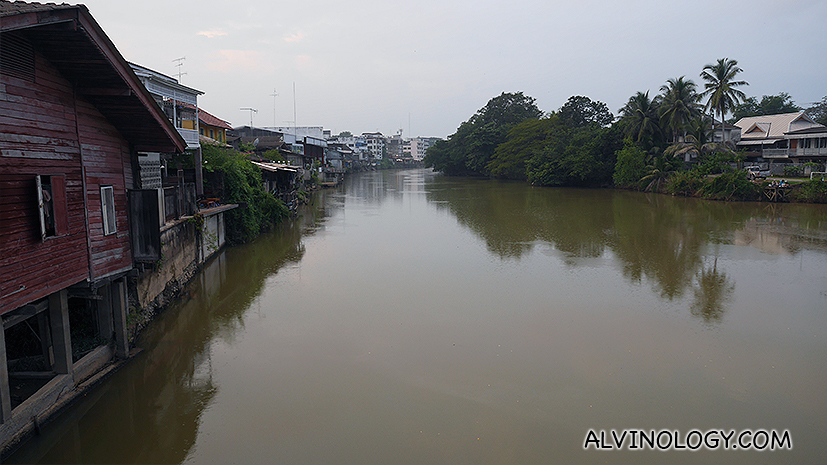
Many people are of the notion that Thailand is the only Southeast Asian nation which has never been colonized and hence their culture and heritage generally remained intact. Maybe the whole nation has never been fully colonized, but the French did occupied the Chantaboon and Chantaburi area in the early 20th century, resulting in some distinctive European-style buildings which are still standing today.

The Chantaboon area, being a waterfront community, drew people from all corners in the past. Chinese, Vietnamese and the locals lived side by side in harmony and eventually, merged into the current setup.
With the help of a few old friends who grew up in Chantaboon and who wanted to preserve the rich culture and heritage, Chantaboon has since been delivered into a sustainable small tourist town. In fact, it reminds me of a smaller version of Georgetown in Penang, Malaysia, similar in the Chinese influence and the homely, small town feel, now infused with modern arts and hipster establishments.
What I really like Chantaboon is that it is small enough for tourists to wander around without a map and yet you will still be able to find all the main attractions, discovering other interesting sights and sounds along the way.
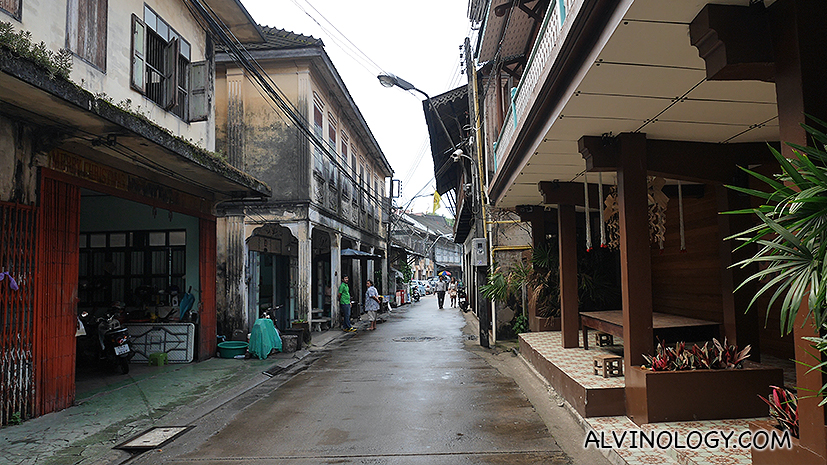
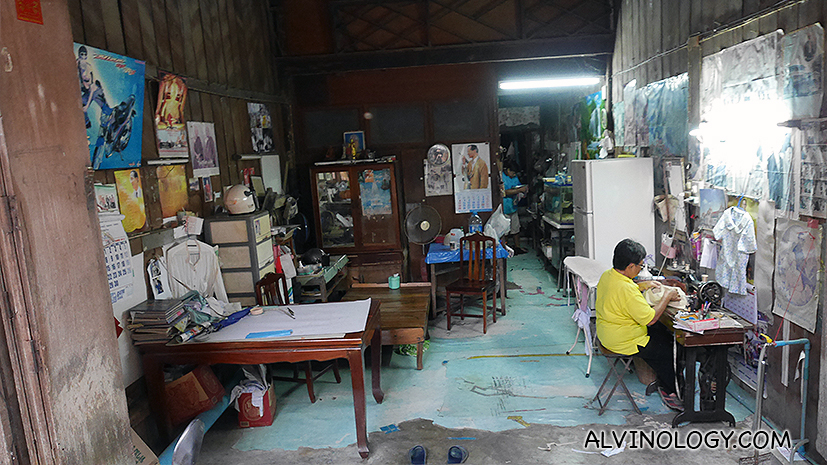
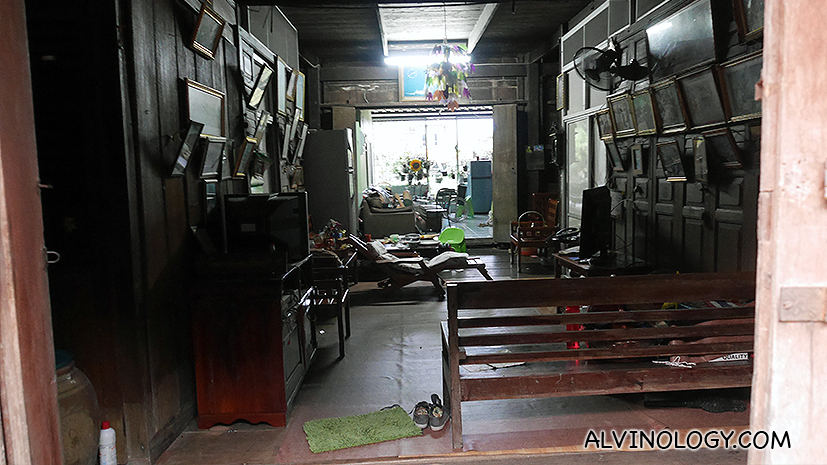
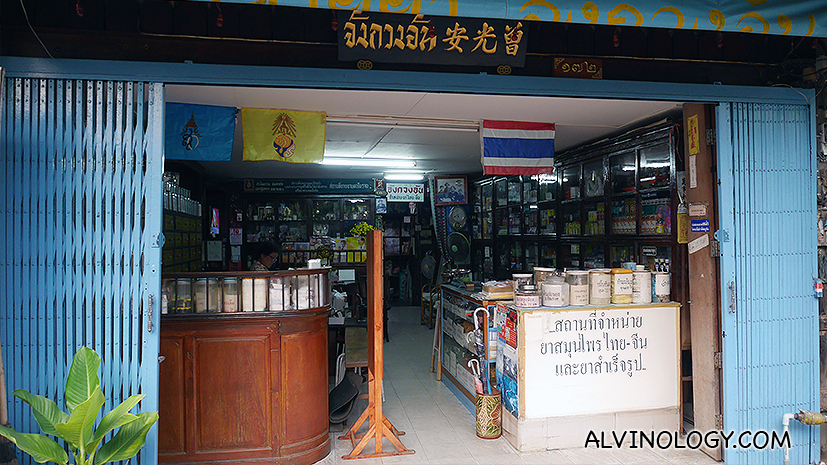
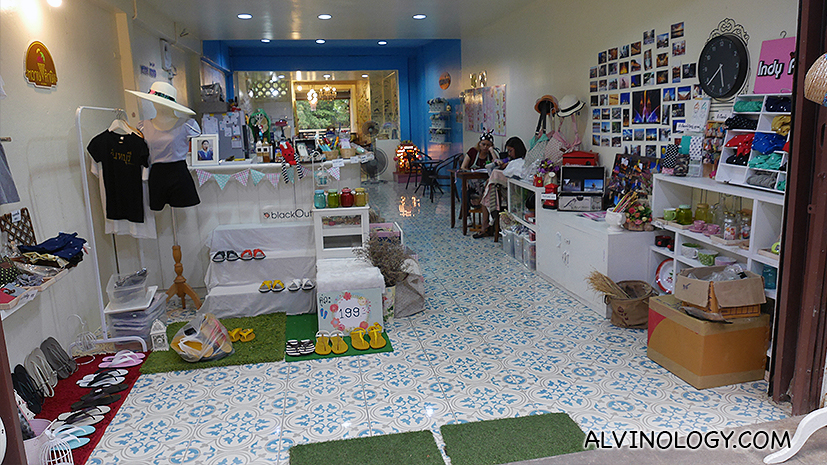
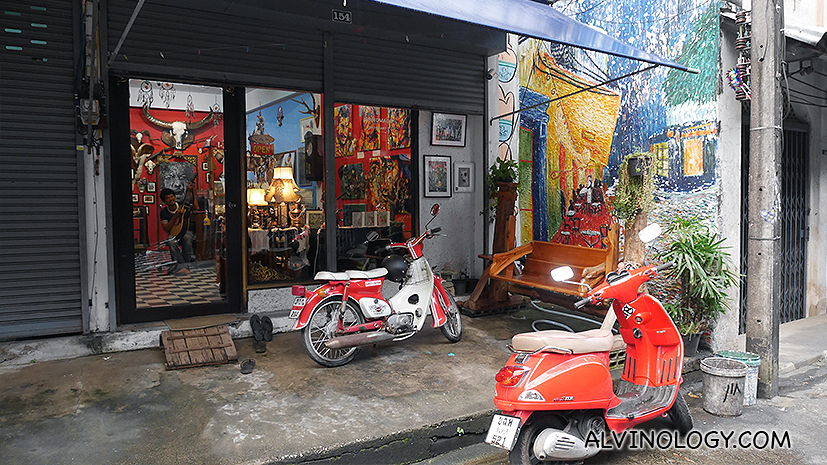
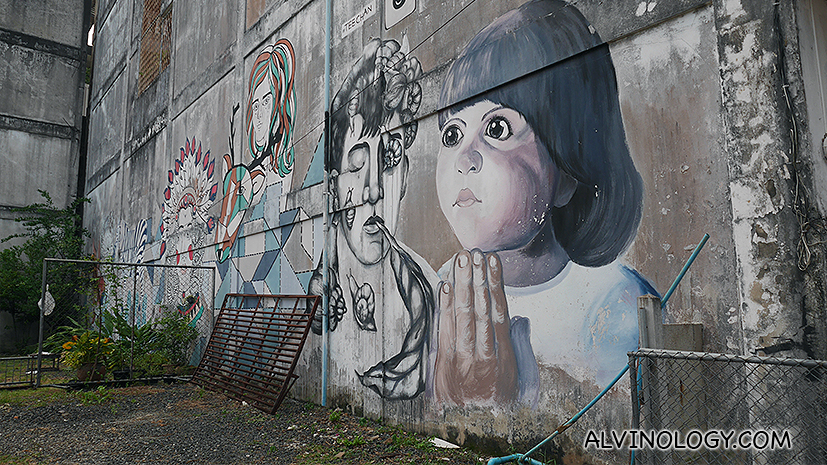
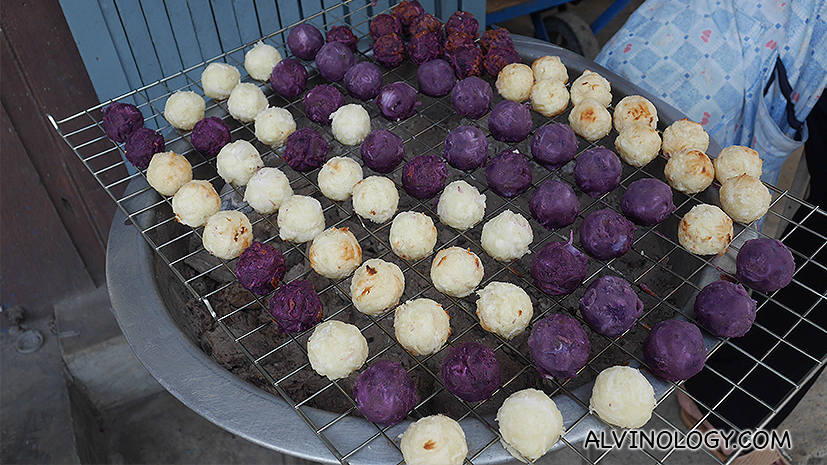
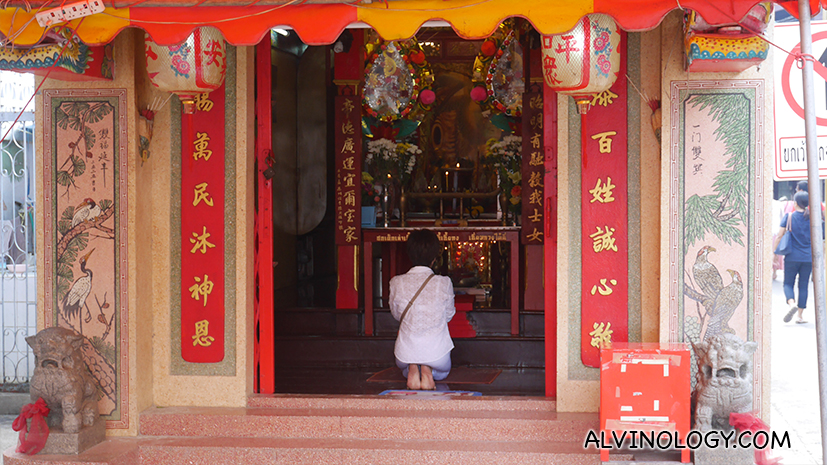
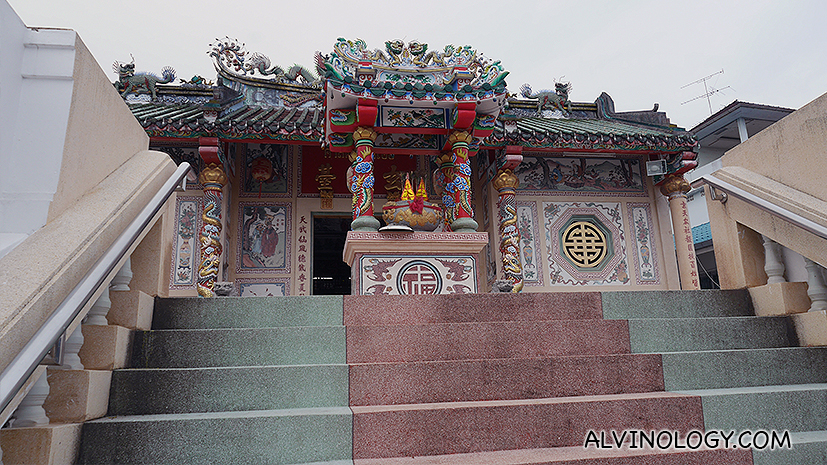
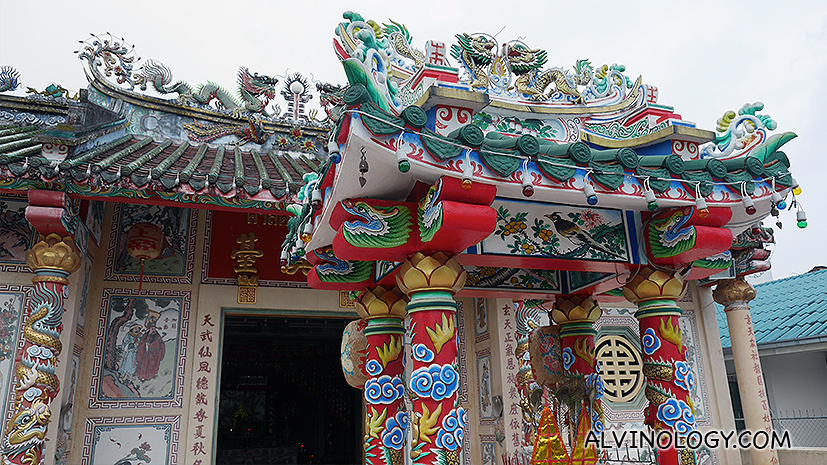
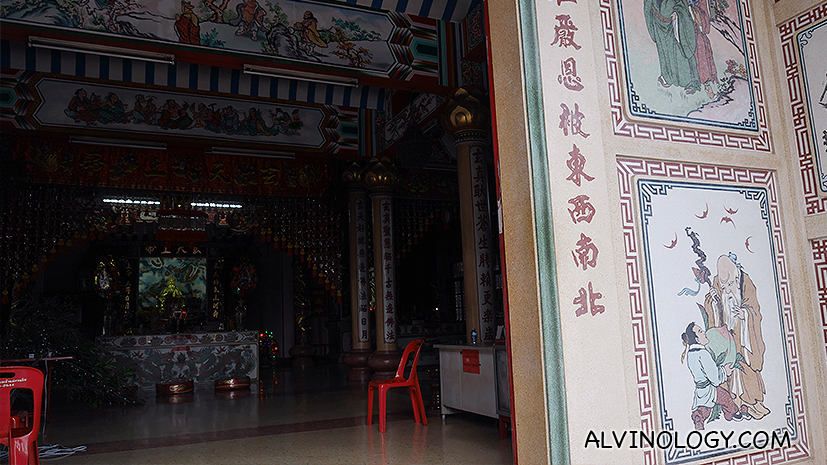
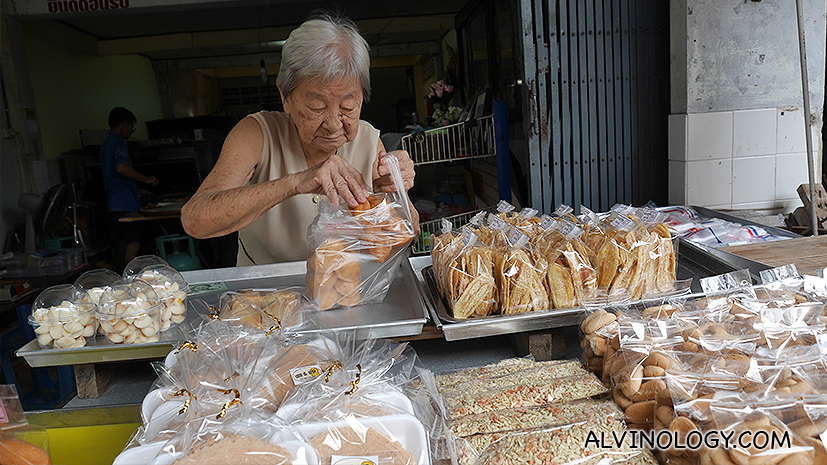
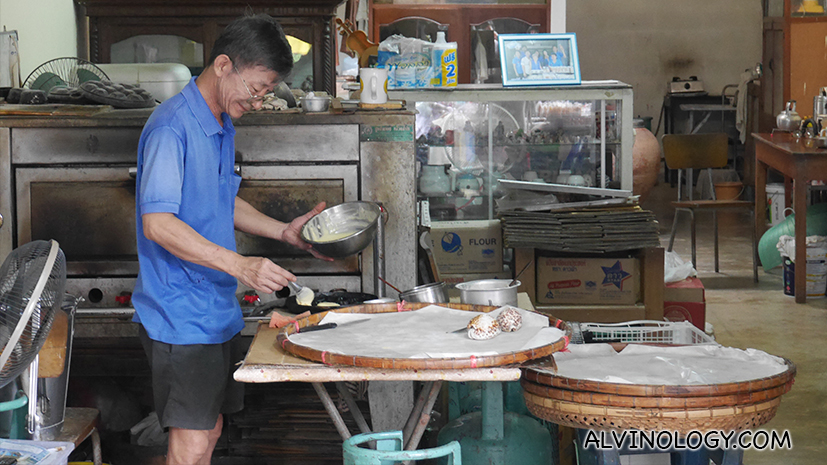
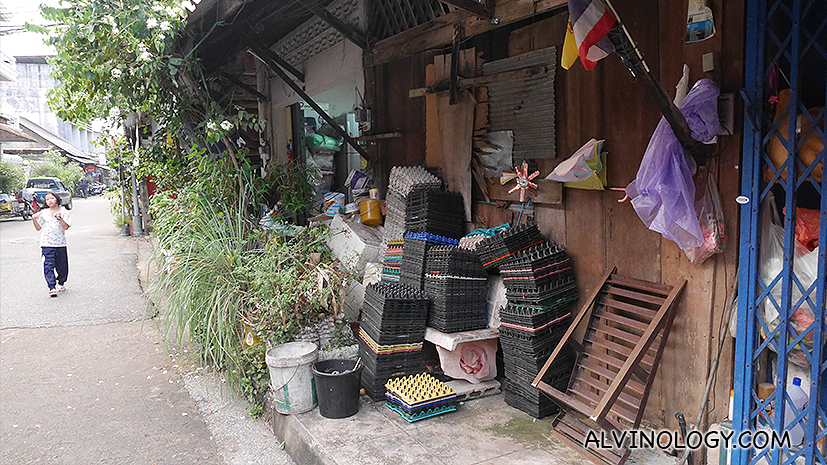
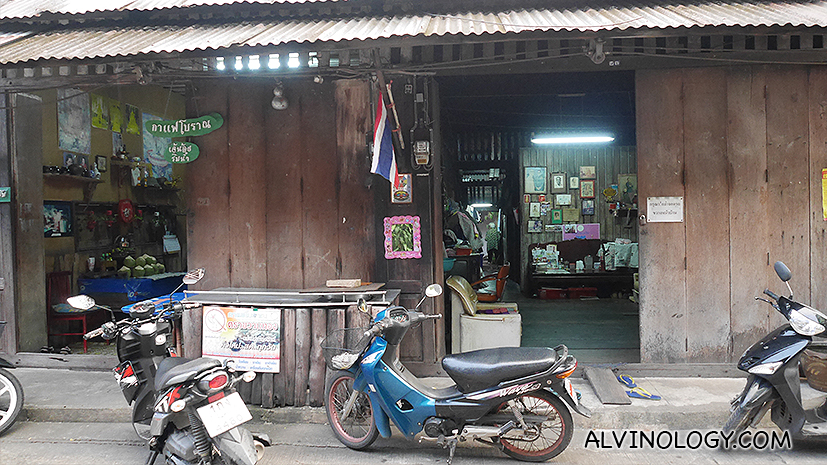
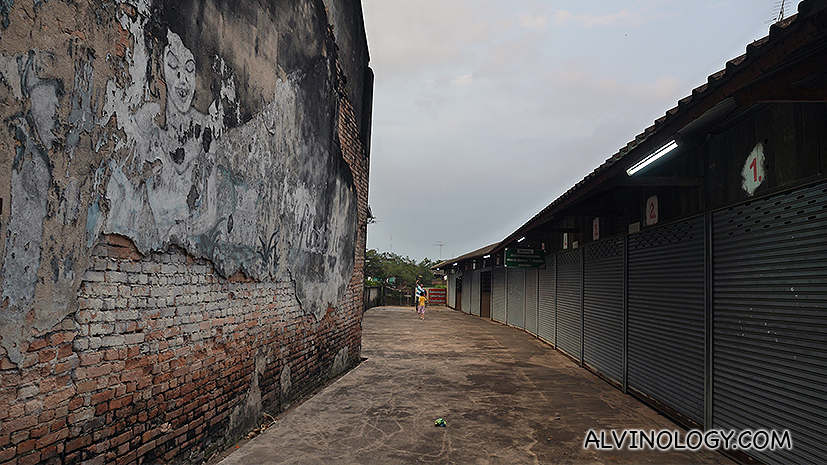
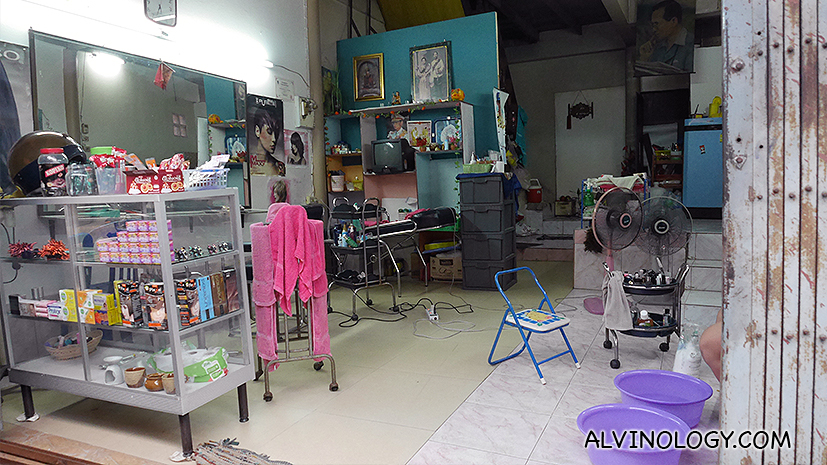
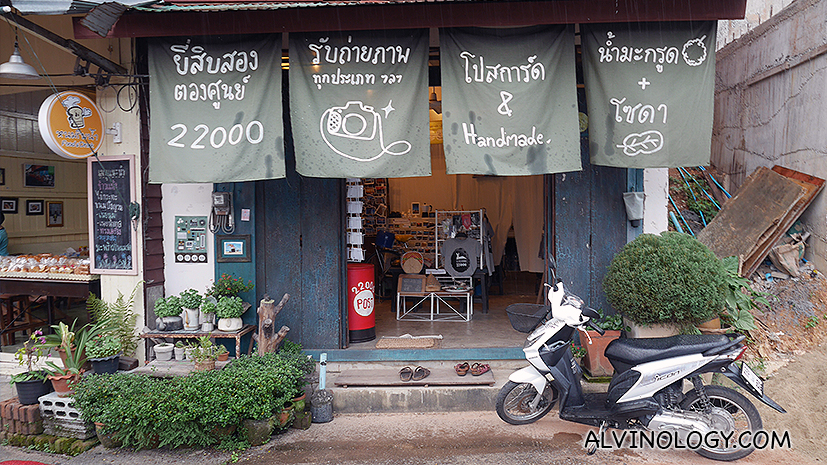

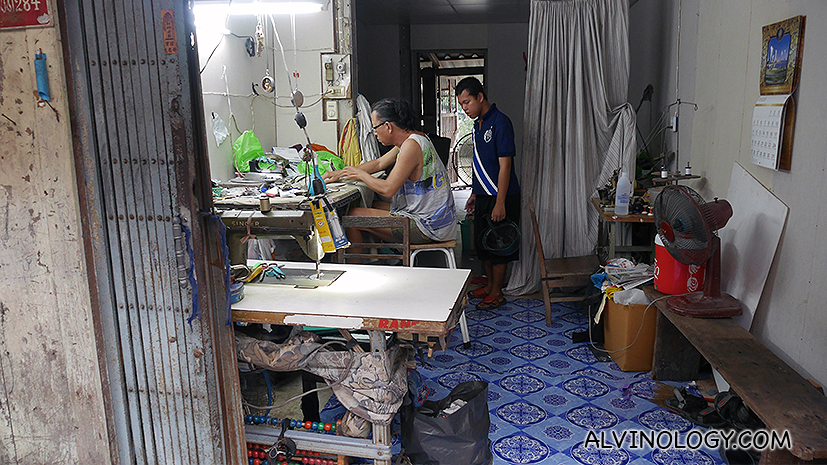
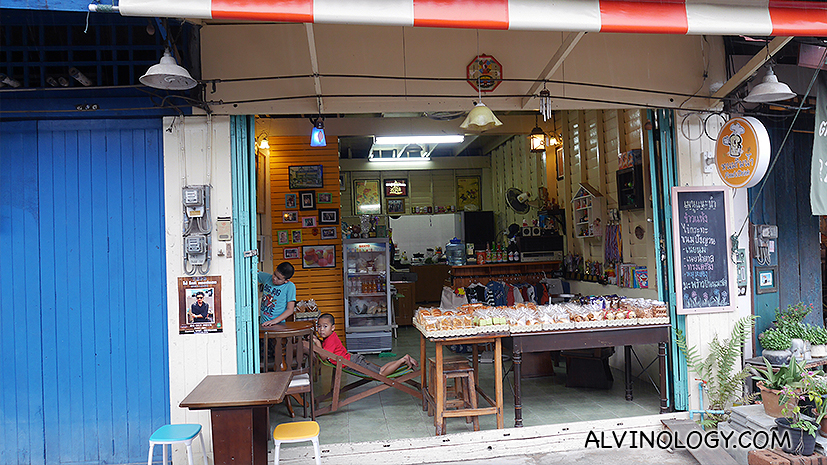
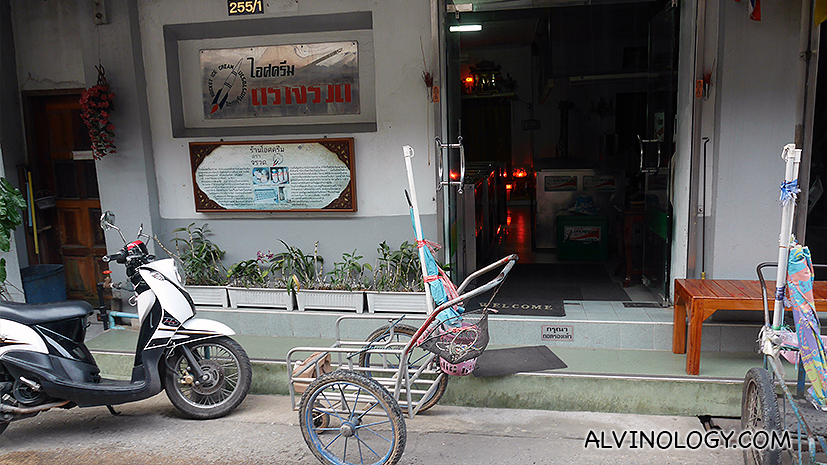
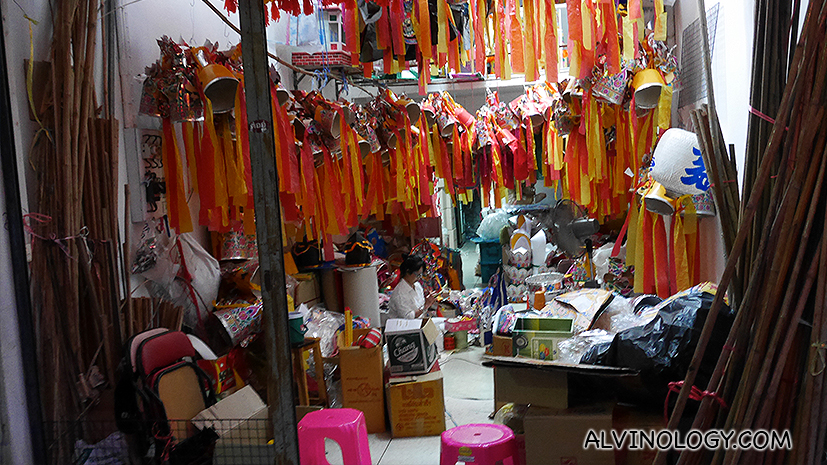
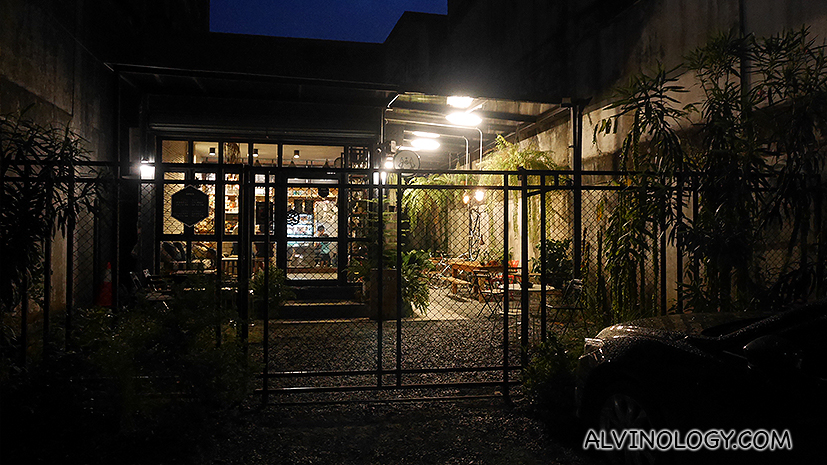
We stayed at the Baan Luang Rajamaitri Historic Inn (252 Sukhaphiban Rd., Wat Mai, Muang, Chanthaburi, +66 81 915 8815), which itself is an attraction. This is a tasteful renovation of the house of Luang Rajamaitri, the legendary icon of Chanthaburi who was known as the father of rubber plantations. He created prosperity by starting up the local rubber business here in the reign of King Rama V, over a century ago.

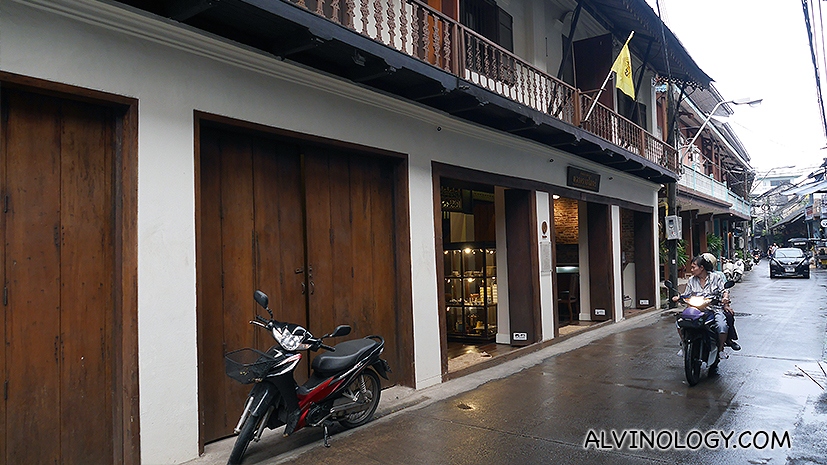
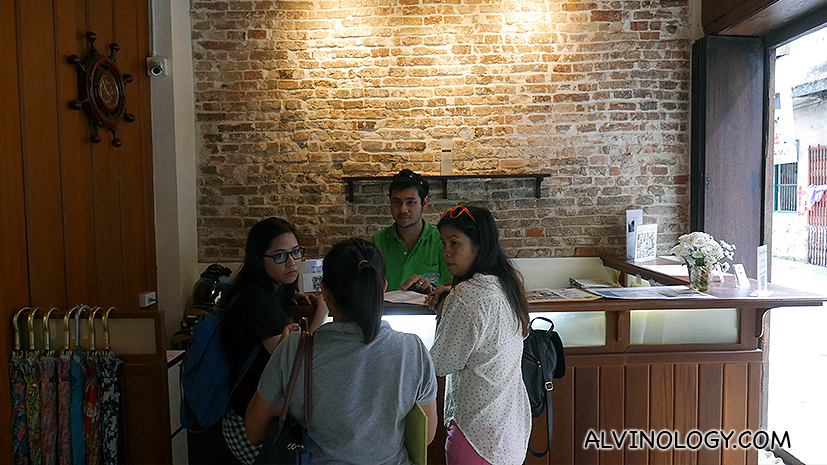

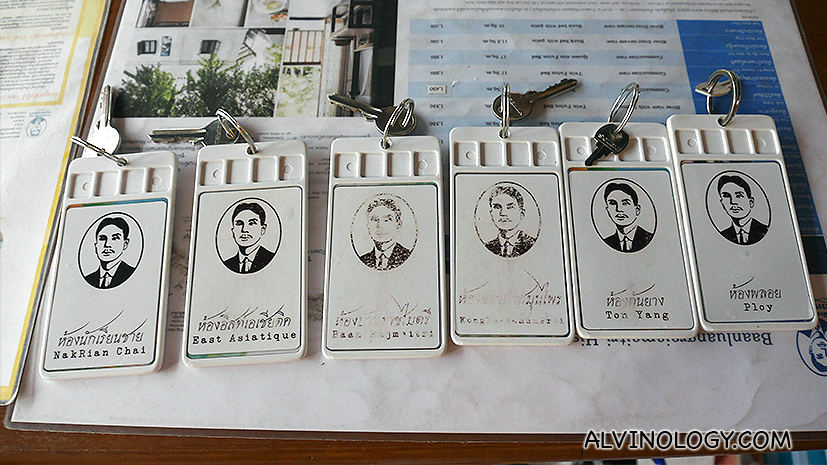
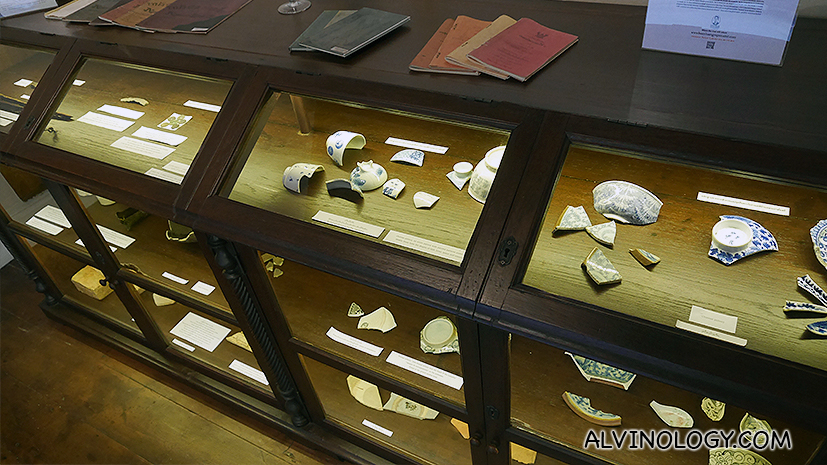
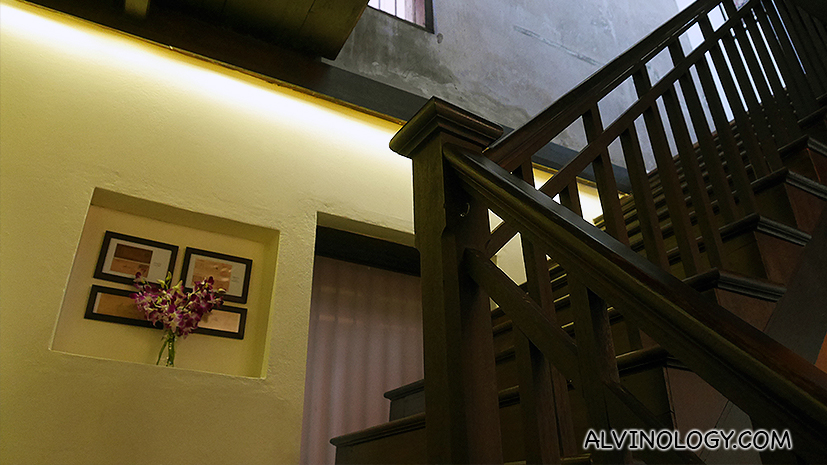
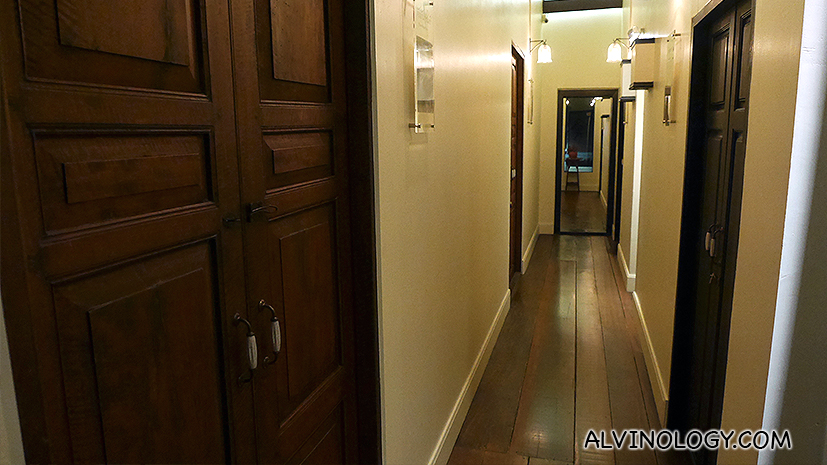
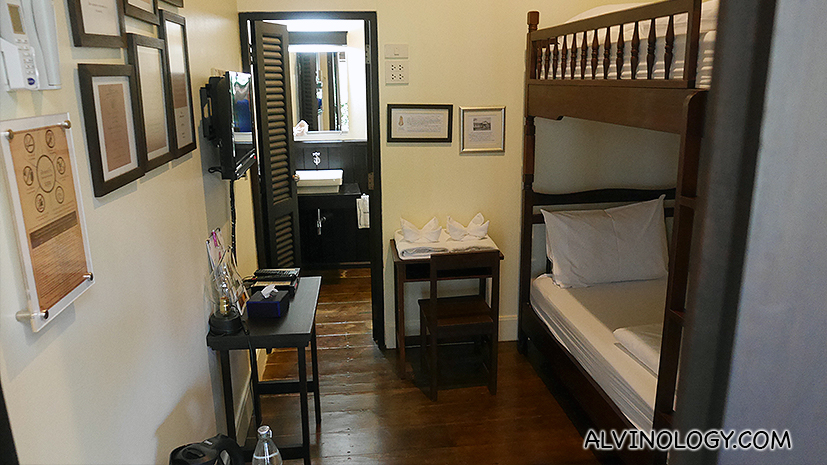
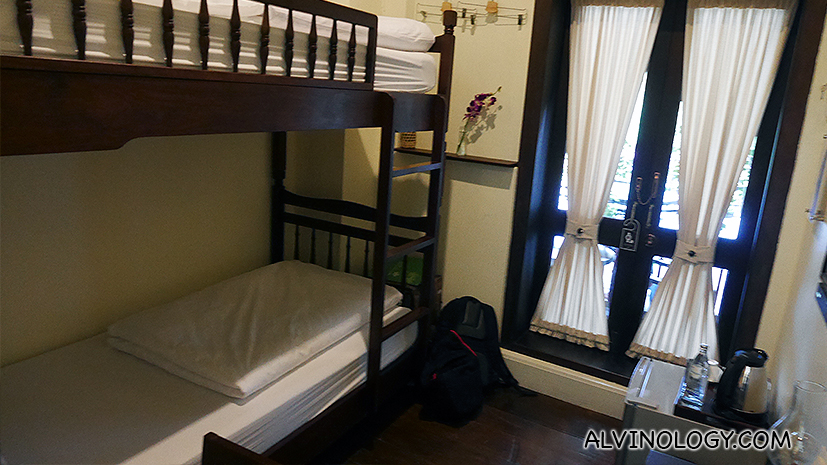
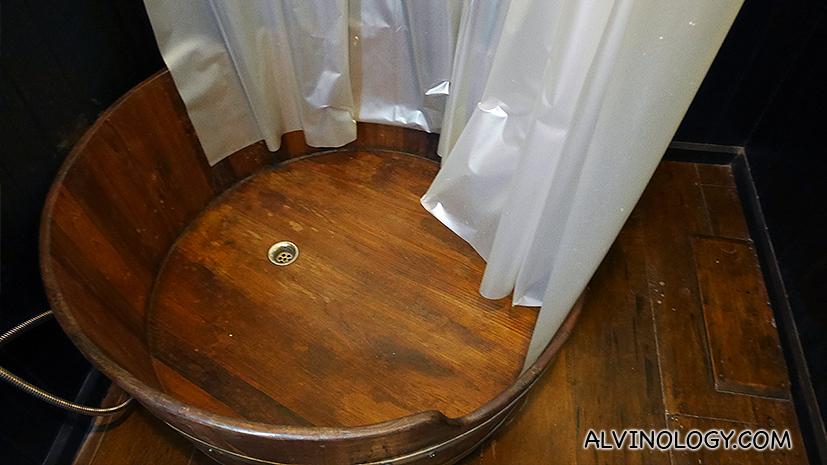
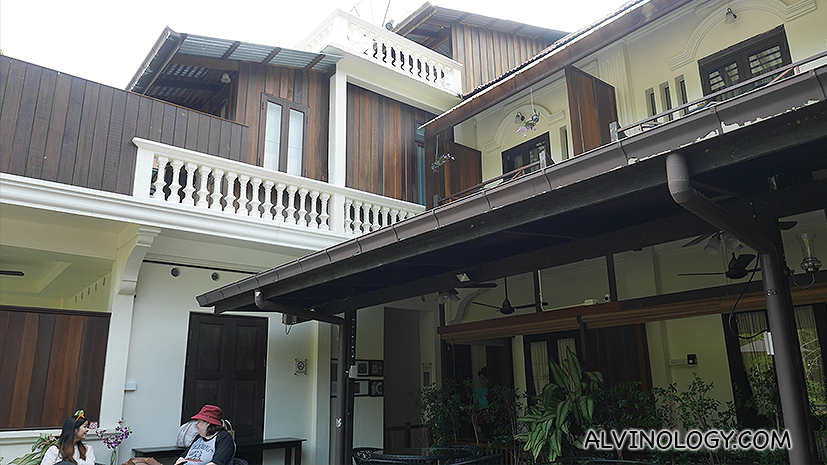

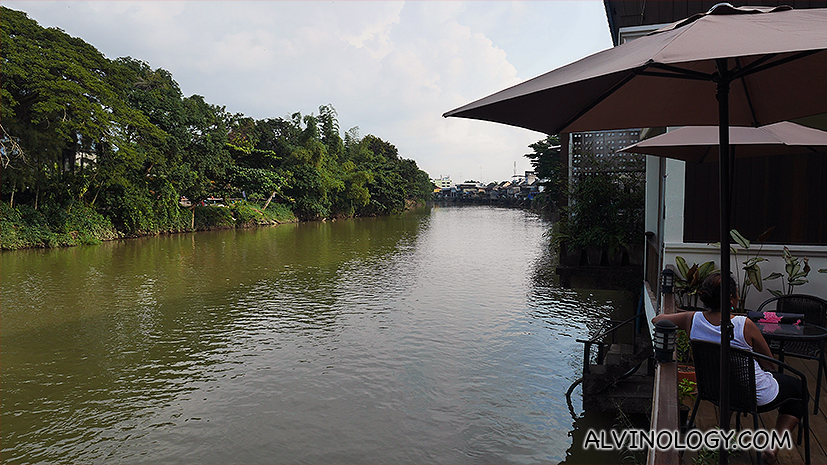
Chantaboon’s main town area stretches for only around 1 km, but there are enough interesting sights and things to do to fill a full day of leisurely touring.
Just by the inn lies Wat Bot Muang, accessible via a flight of stairs. The temple is a remnant of the Ayutthaya period in Thailand’s history, with the symbolic sharp, pointed pagodas.
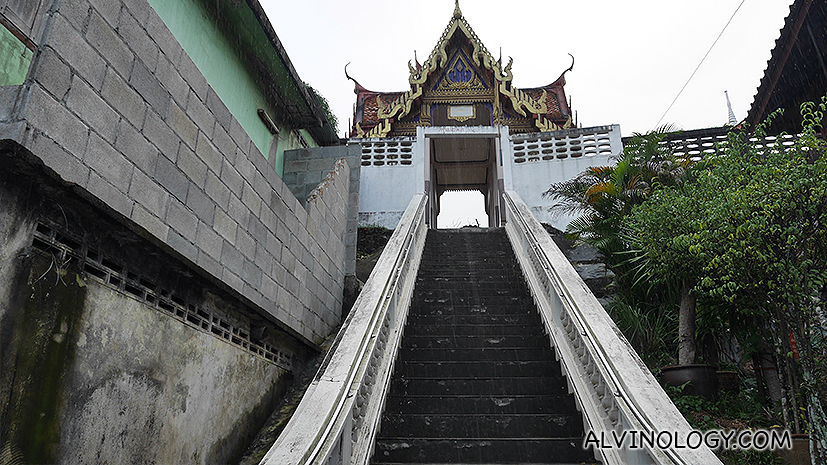
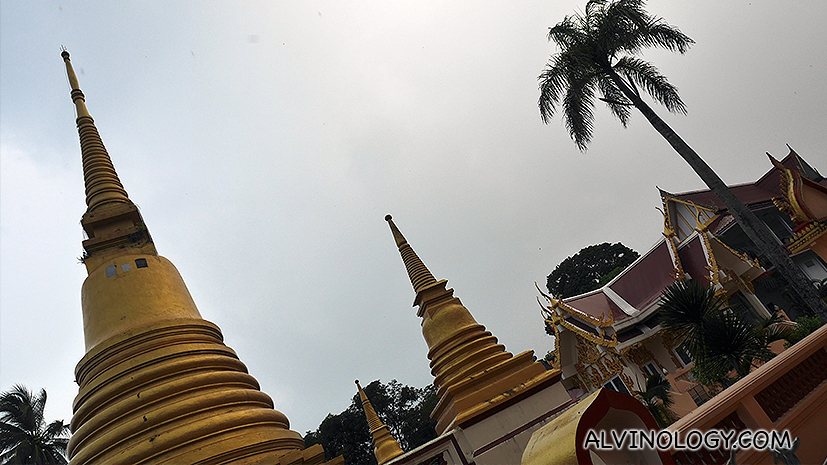
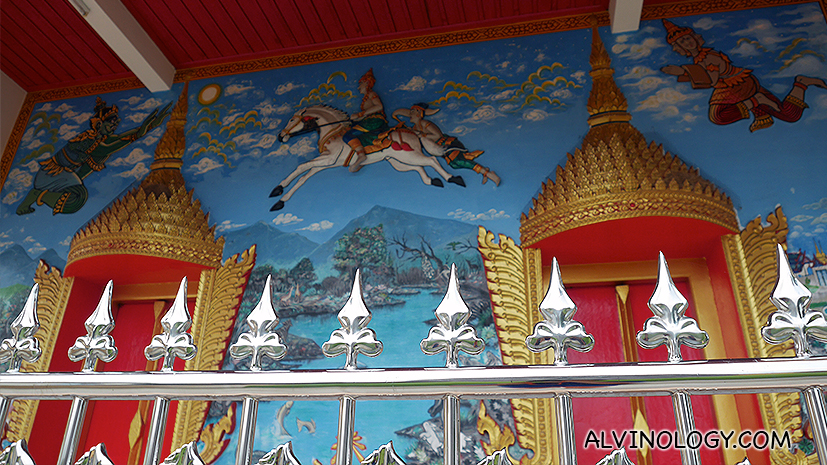

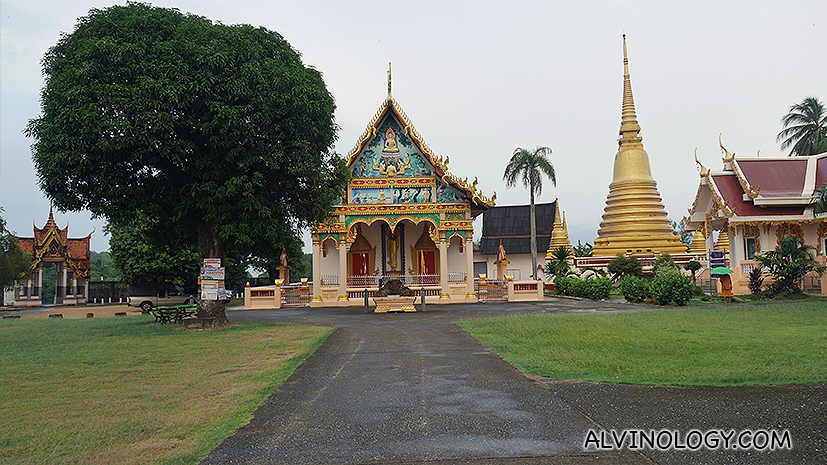
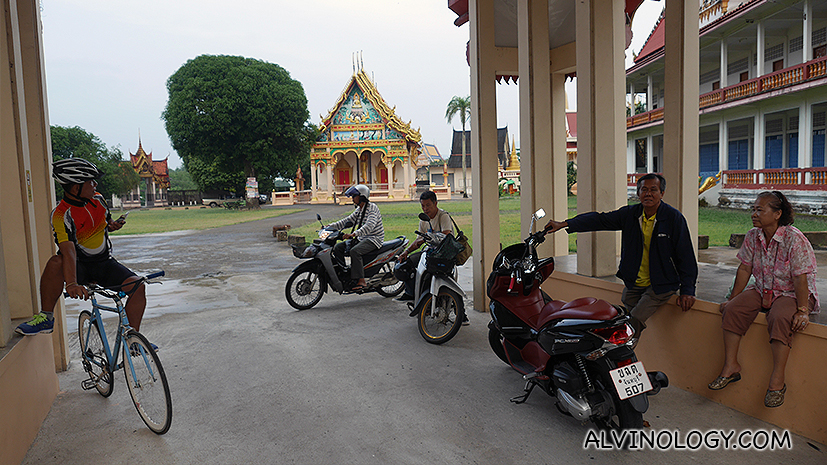
Further down the road and hidden in an alley is Wat Khetna Boonyaram, a Chinese-style Buddhist temple. During my visit in Chantaboon, the devotees happened to be celebrating the last day of the month-long Vegetarian Festival in October and I was lucky to get to witness their celebrations and rituals.
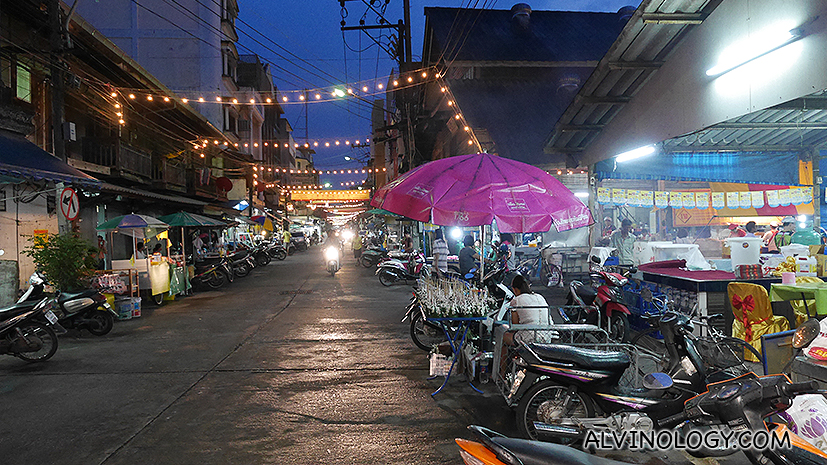
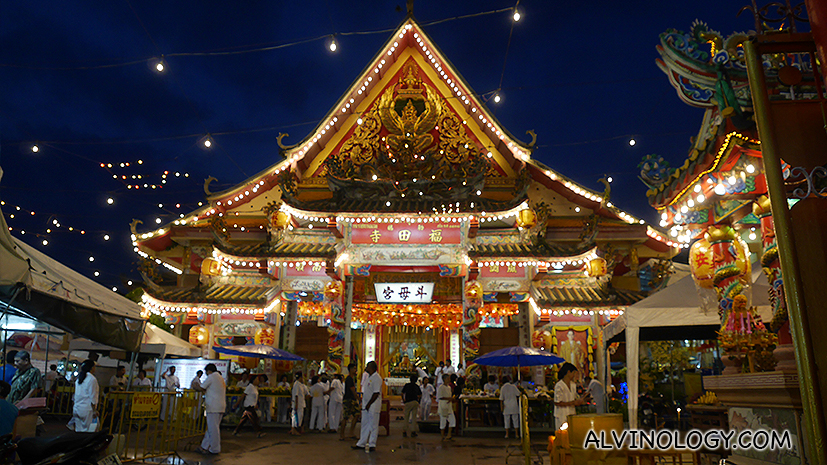
There were many makeshift vegetarian food stalls set up just for the occasion and I even get to see a traditional handmade candy vendor working on his craft.
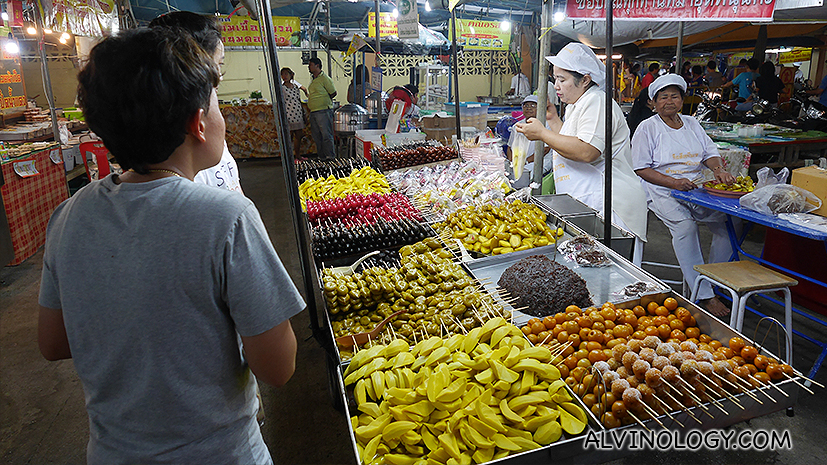
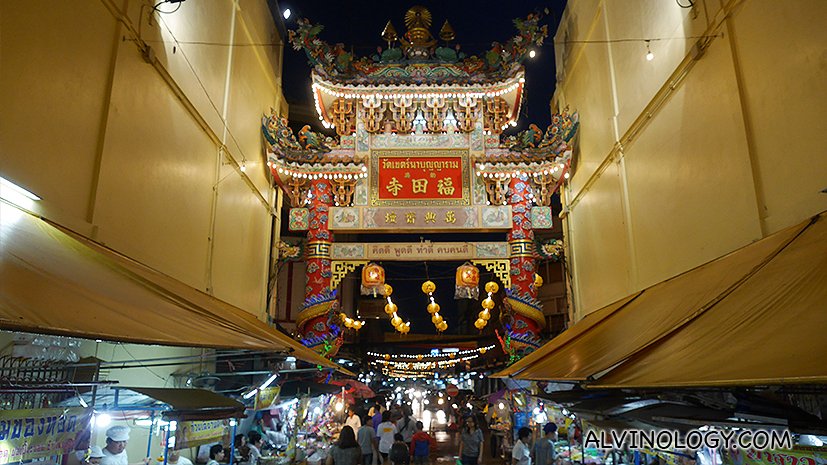
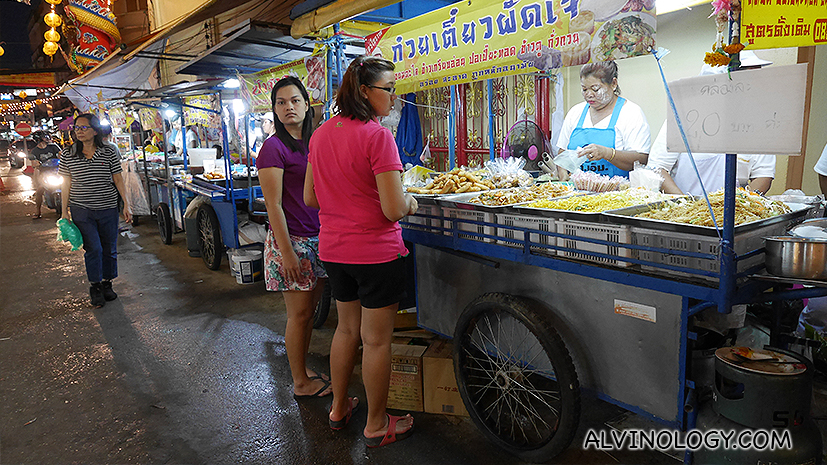
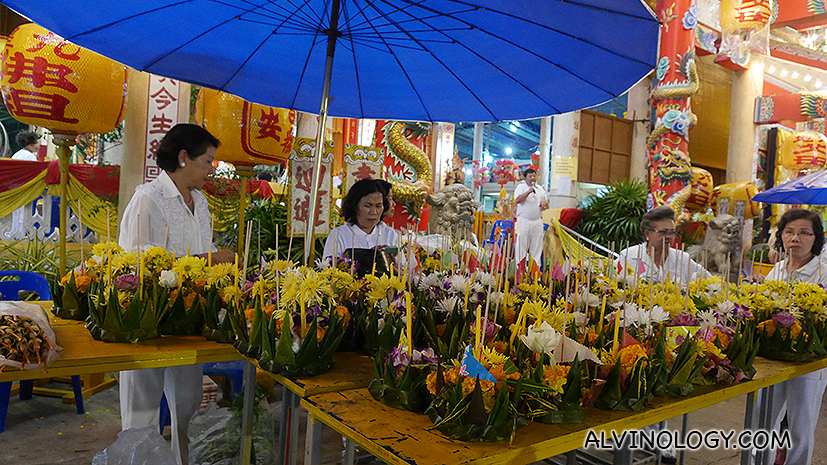
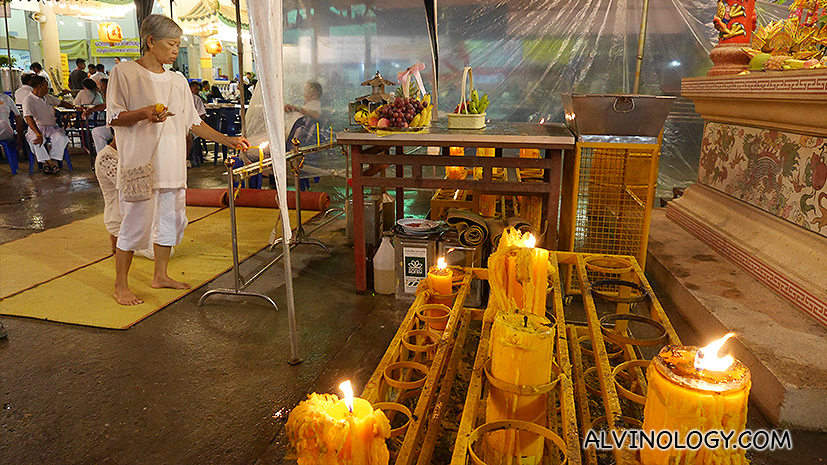

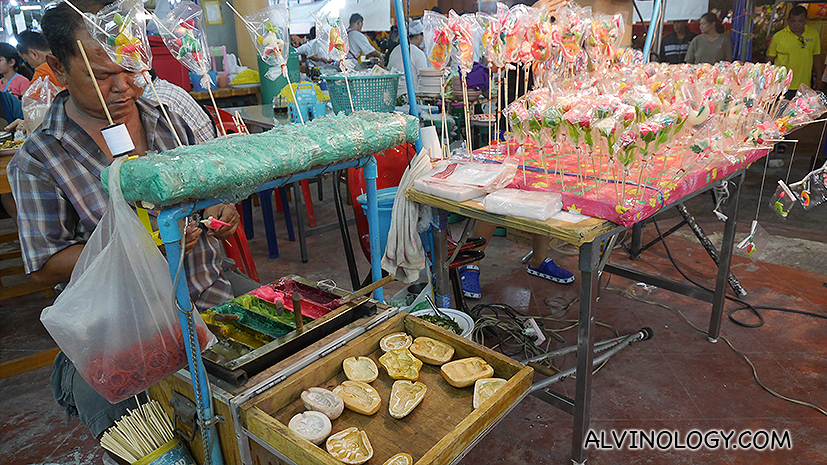
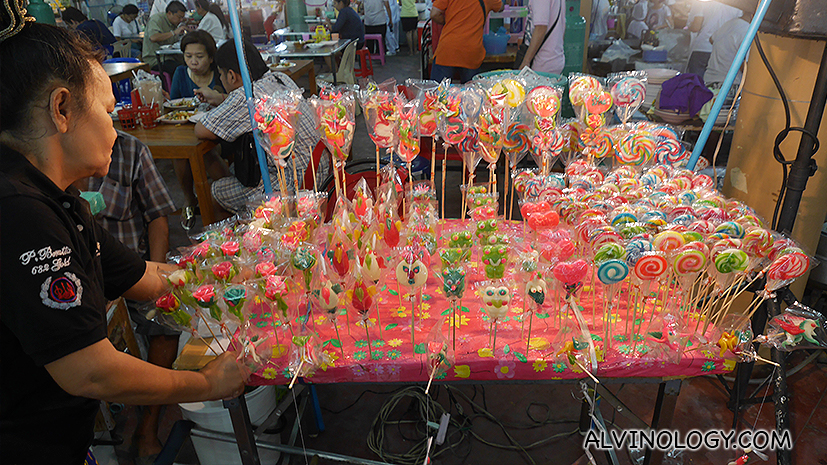
As night falls, the devotees headed to the river to release little candle boats for good luck, much like the thai Loi Krathong festival. It was a beautiful sight.
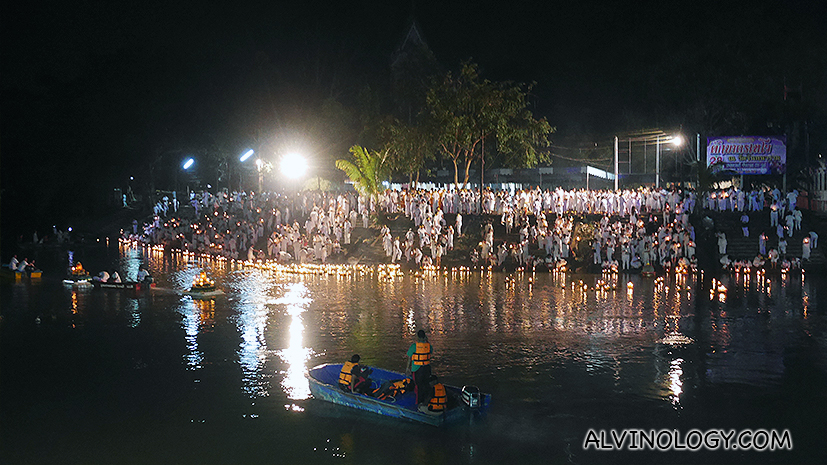
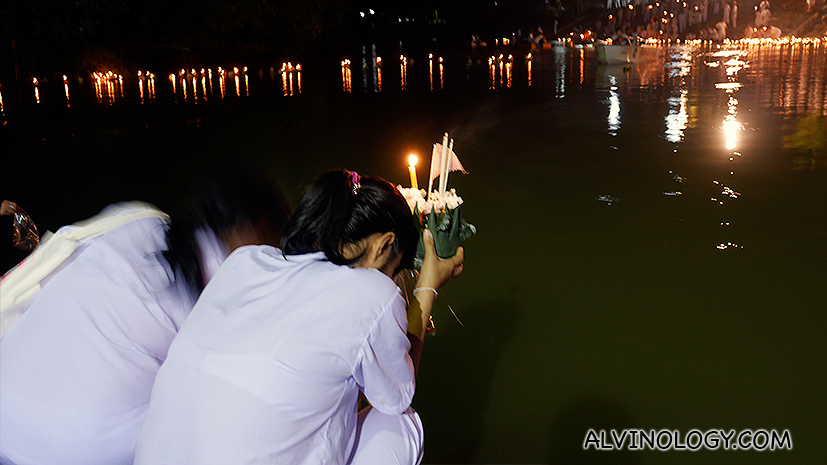
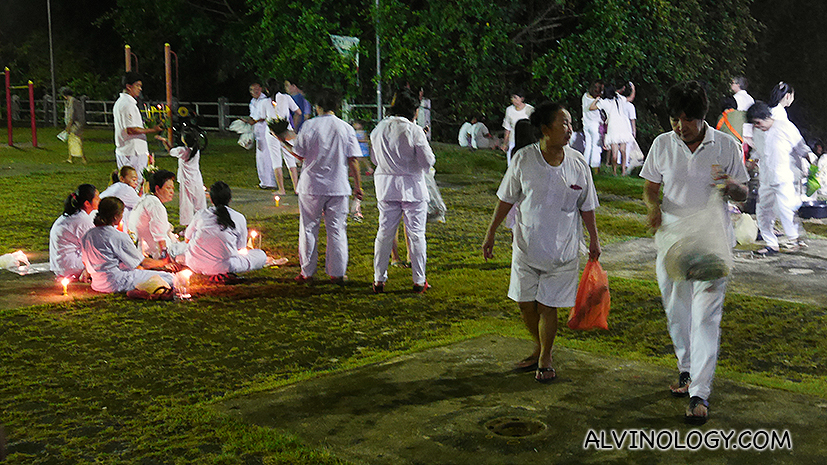
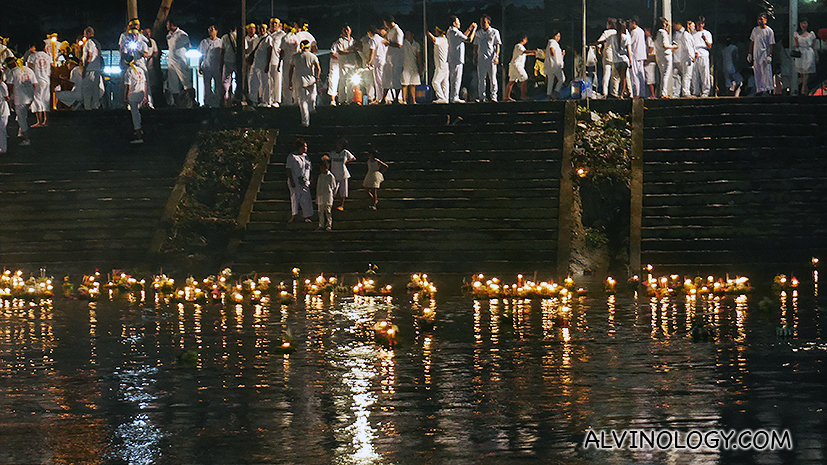
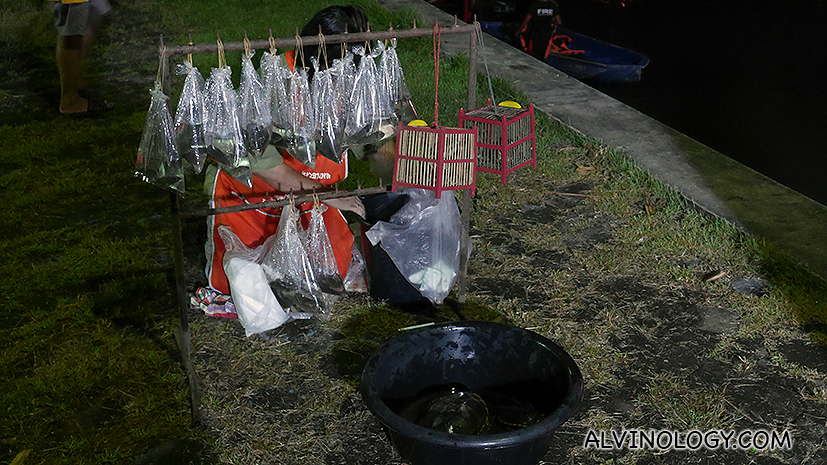
Decked in all white scrubs, the devotees then lined the road after they release their boats, to catch glimpse of a temple procession. They then marched their way joyously to the temple with incenses in hands to make their offerings.
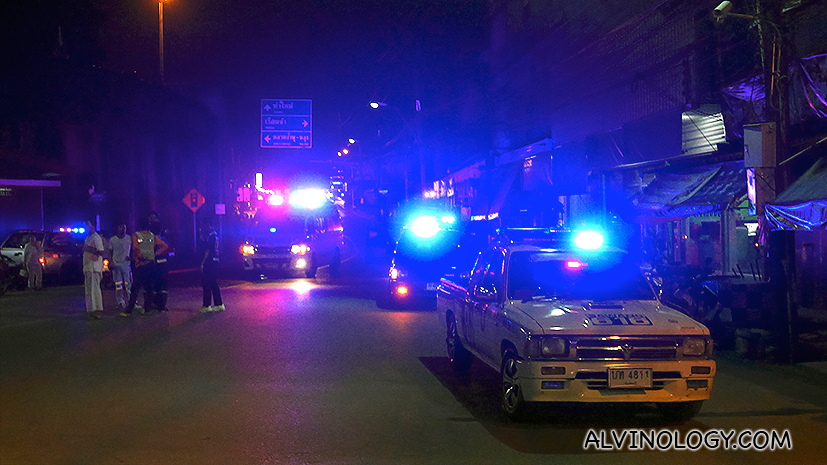
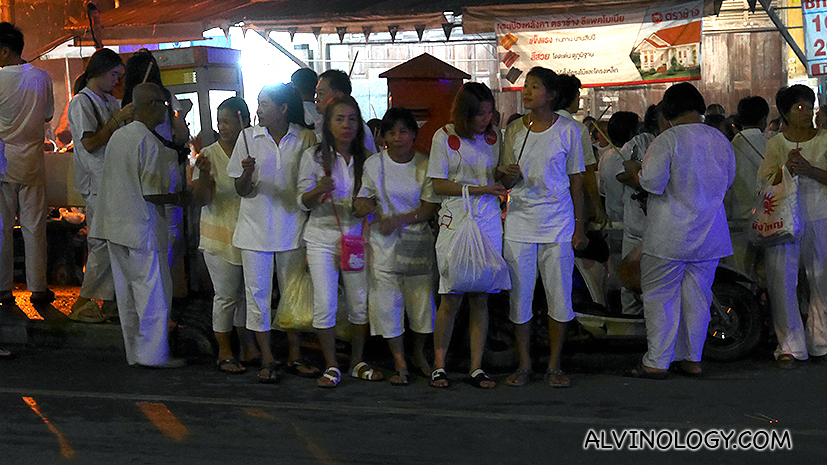
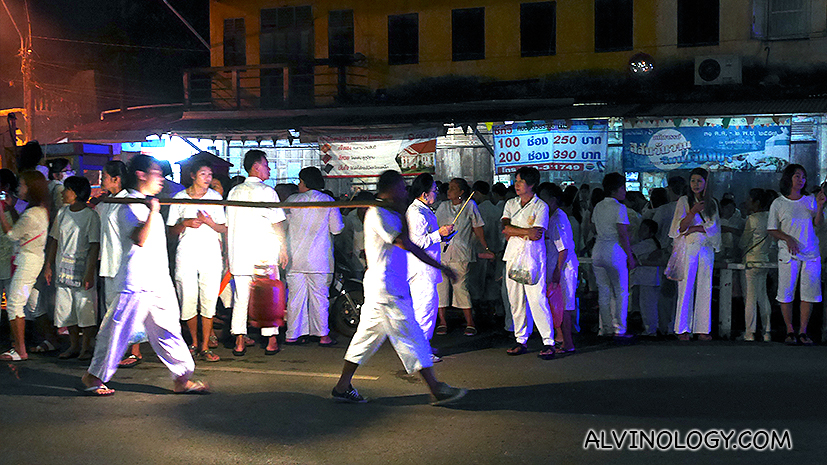
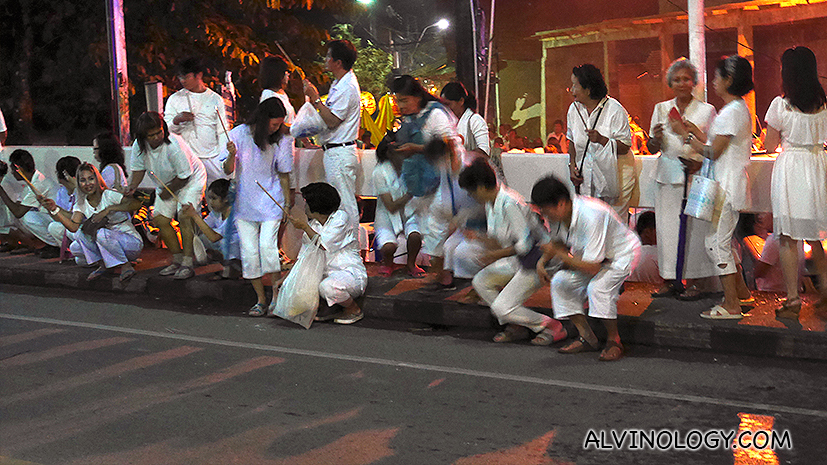
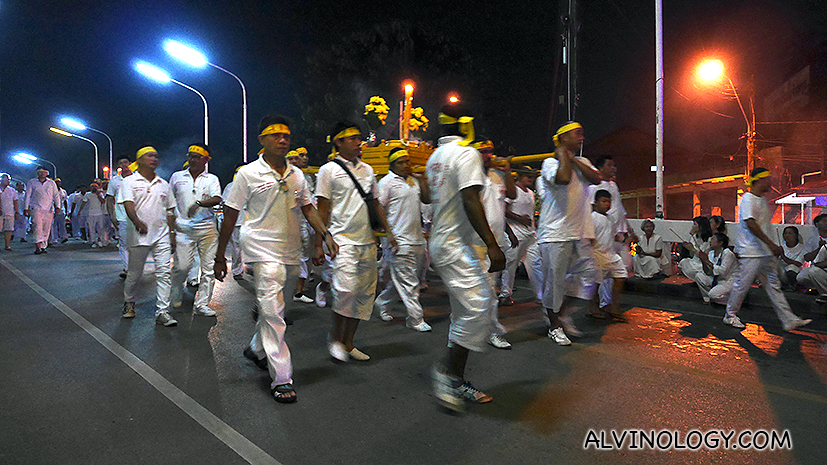


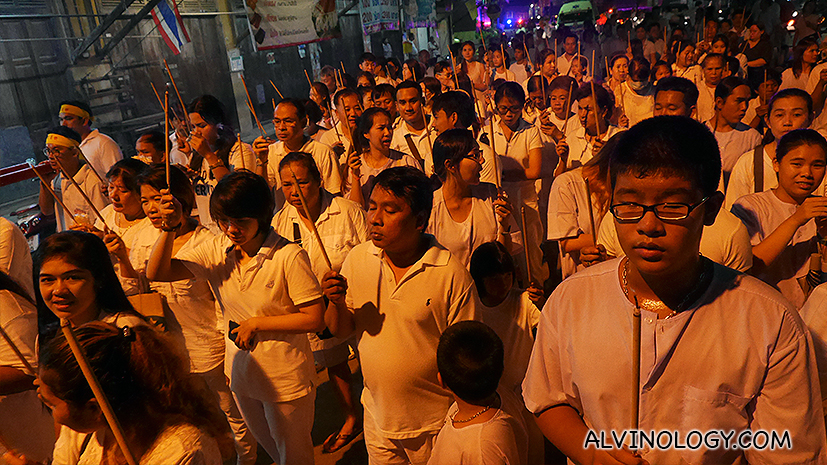
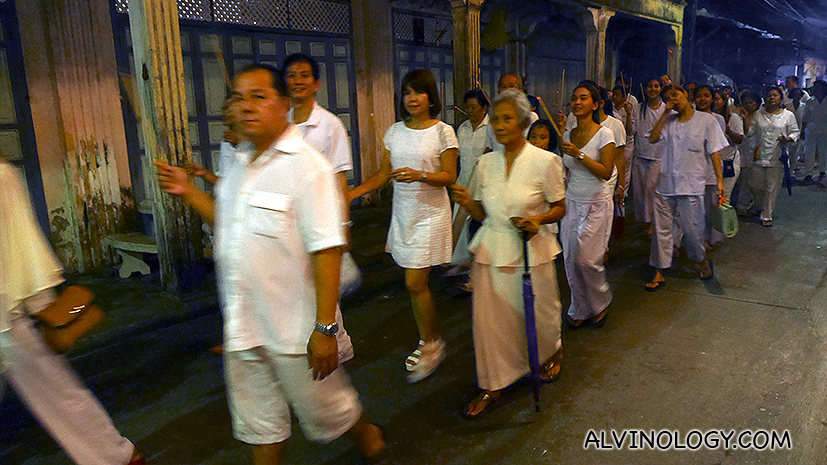
For dinner, I ate at Tamjun restuarant (248 Sukhapiban Road, Wat Mail, Chanthaburi District, Chanthaburi, 039-311-977, [email protected]), just next door to the inn we are staying at.
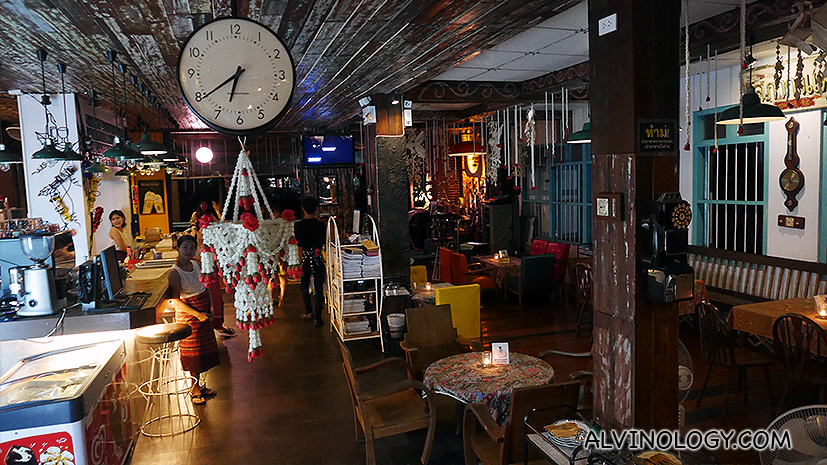
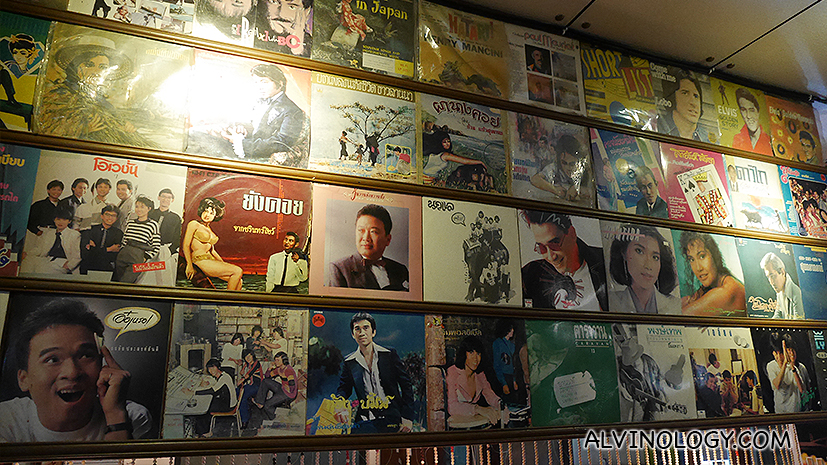
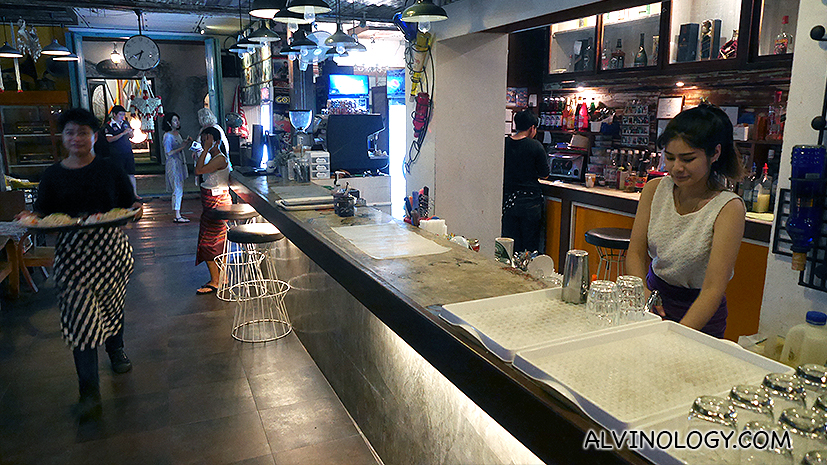
The restaurant serves a variety of traditional thai-style cuisine and features a live band and dining with a view by the waterfront. As we feasted on our food, we saw a few dragonboat teams practising their rowing, up and down the river as well as devotees releasing candle boats into the river.
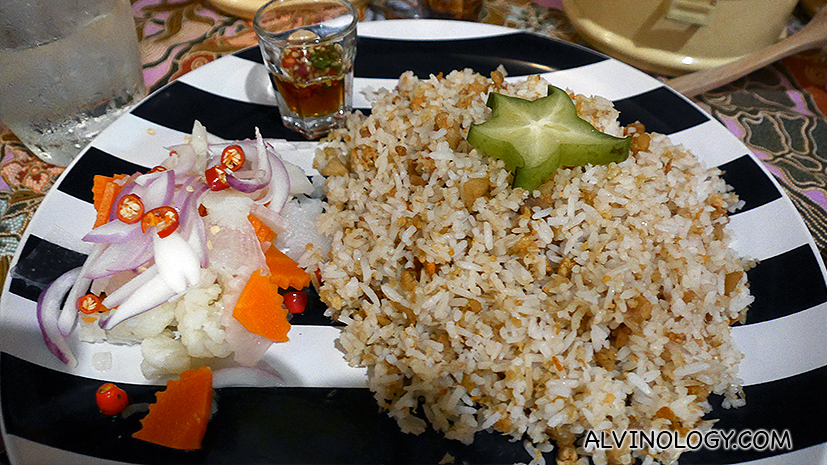
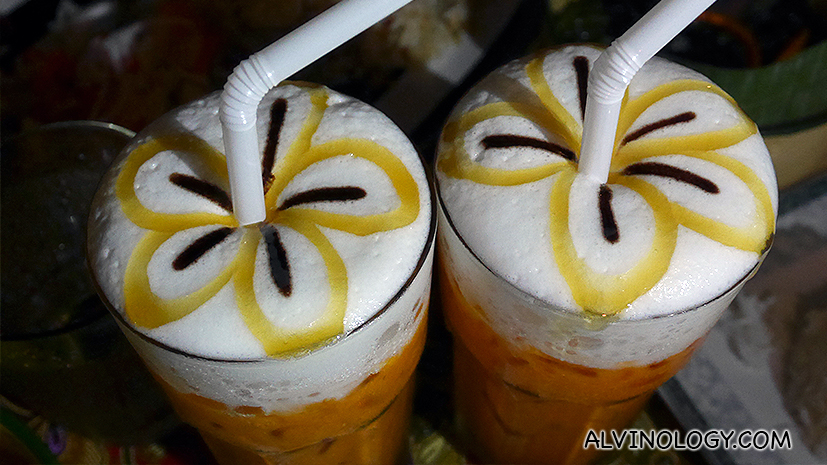


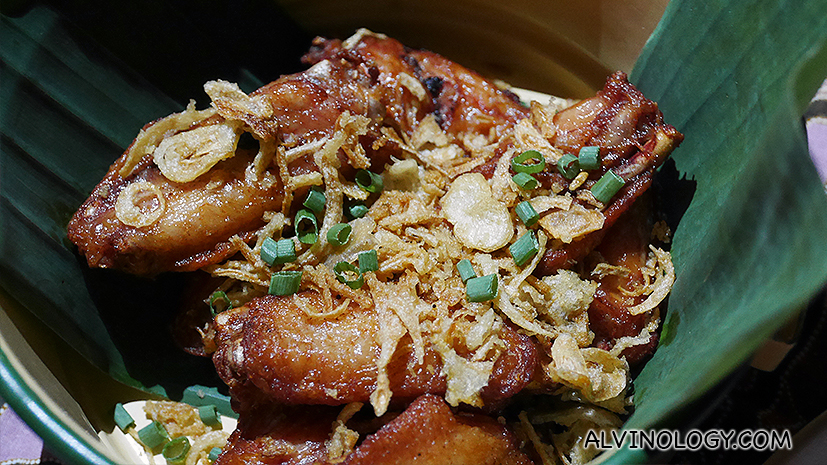
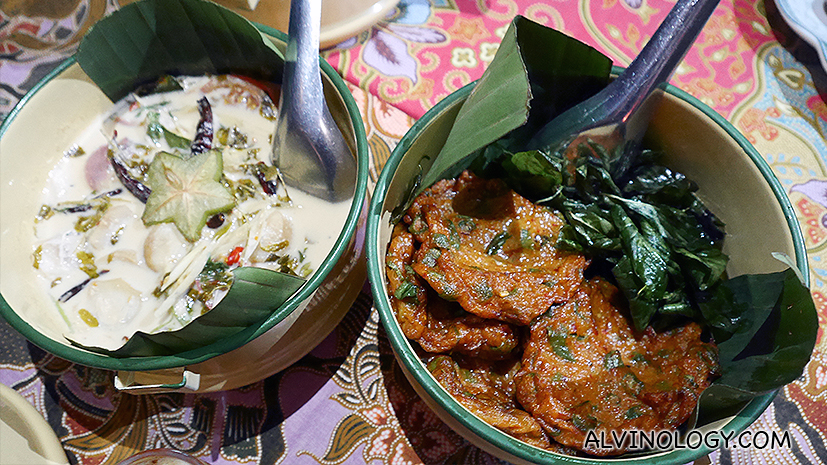
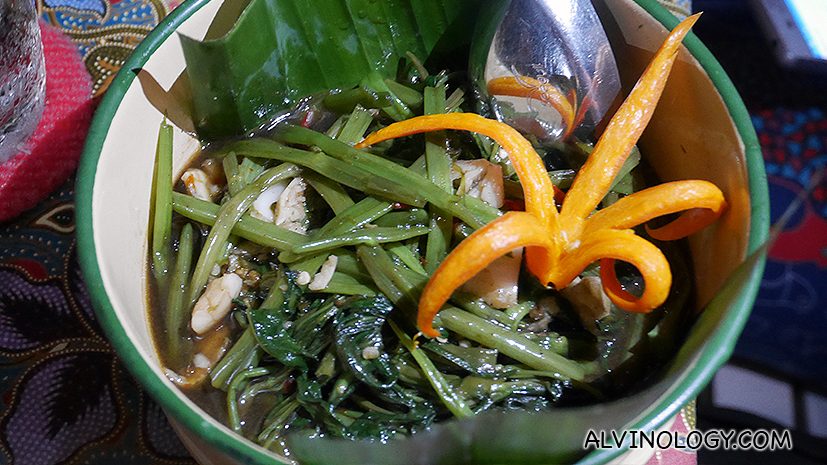
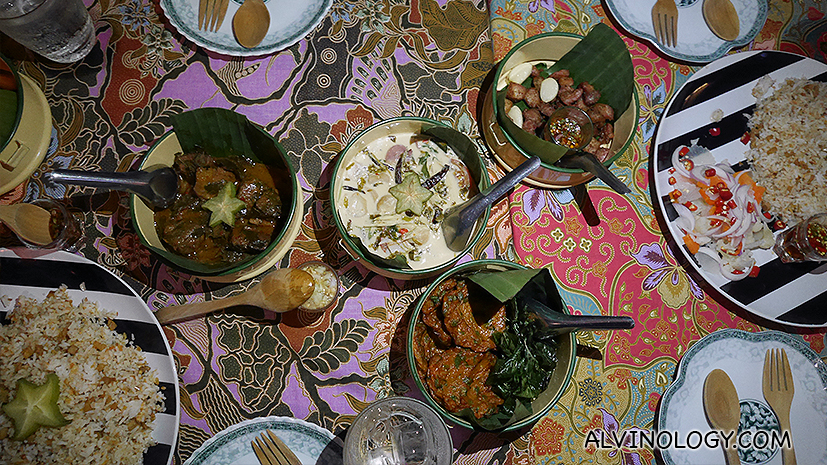
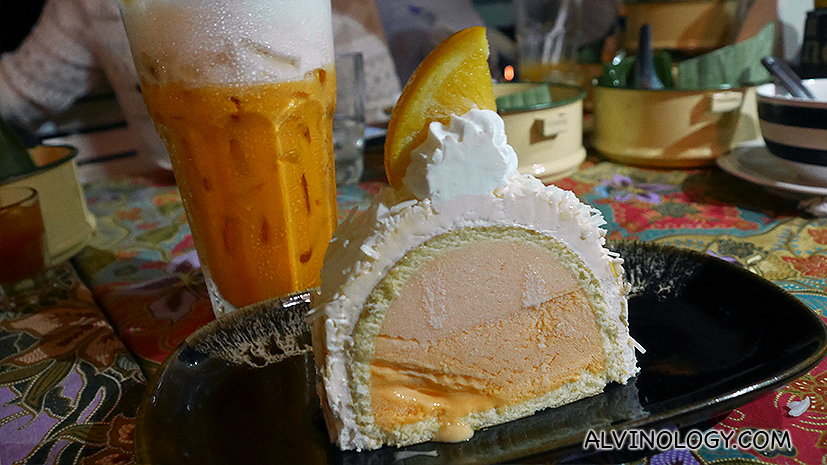
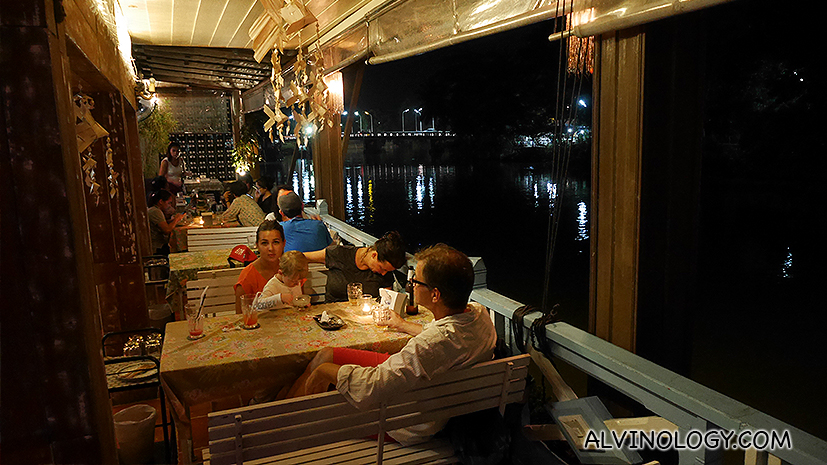
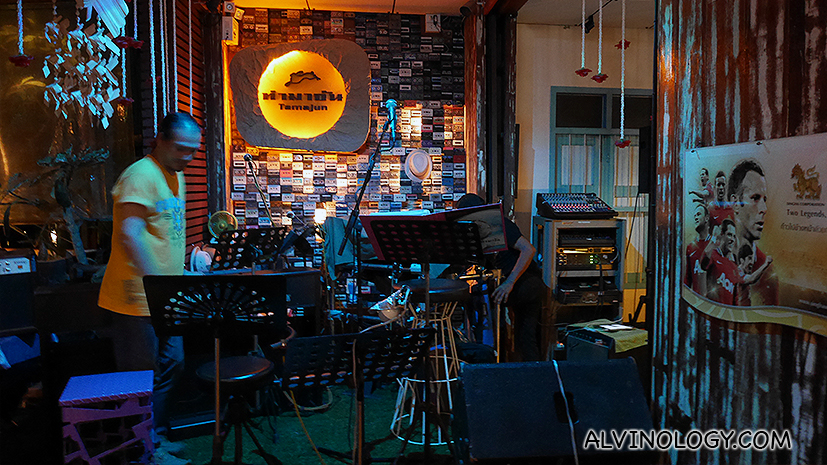
I went to sleep right after dinner and witnessing the devotees releasing their candle boats. The feeling was rather surreal as I can still see the devotees flocking down to the temple from outside my window while I tucked myself in. It felt like I have wandered back into time, catching glimpses of rituals from centuries ago which are still in practice today.
The next day morning, I had breakfast at the inn which was provided as part of the stay. I had the traditional thai-chinese breakfast which consists of a bowl of congee, mini thai-chinese-style youtiao (Chinese fried doughnuts) and some appetizers. The inn also serve a western style option for breakfast, but I recommend going for the local one for something more special.
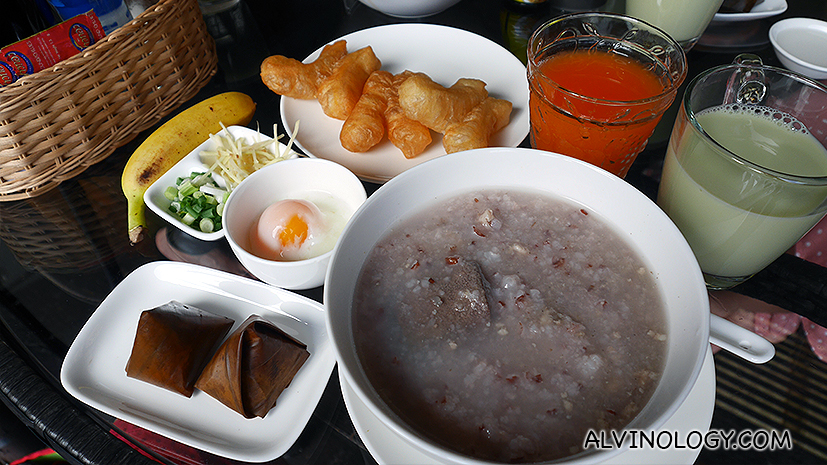
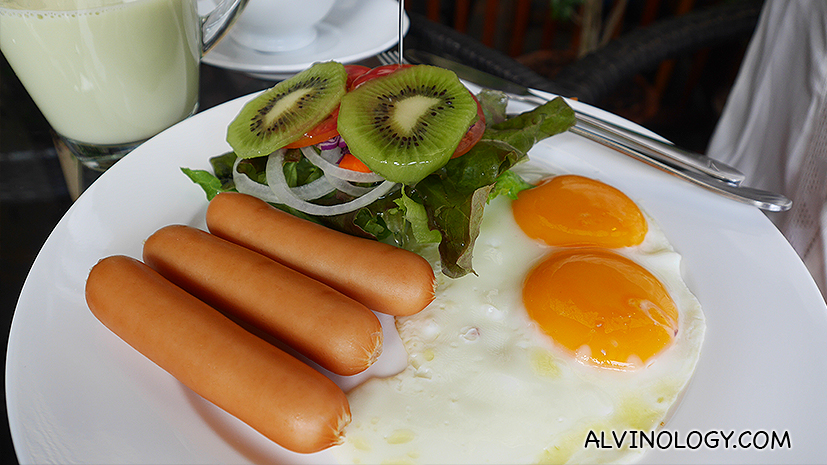
I spent the morning wandering around the small local market, to check out local eats.
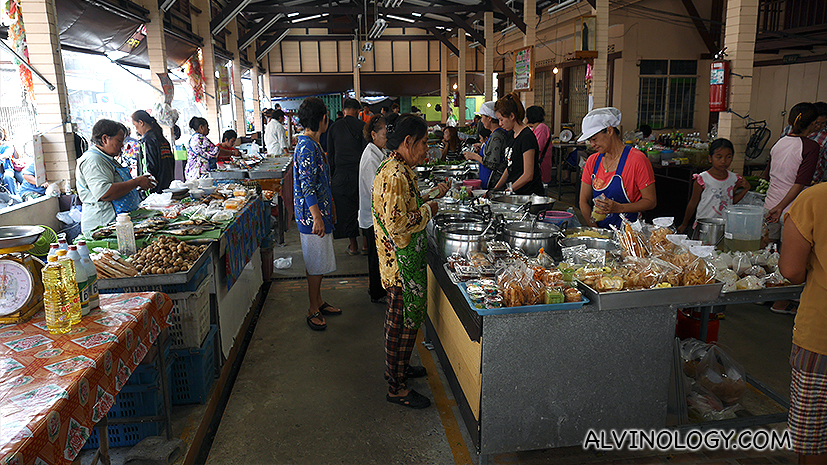
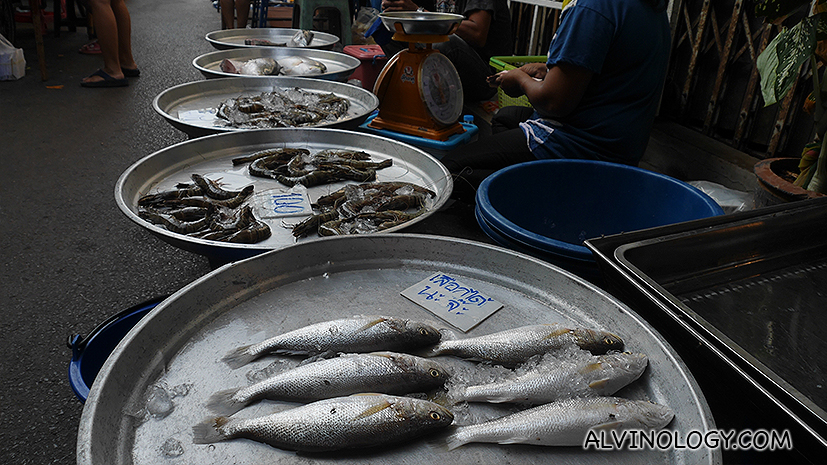
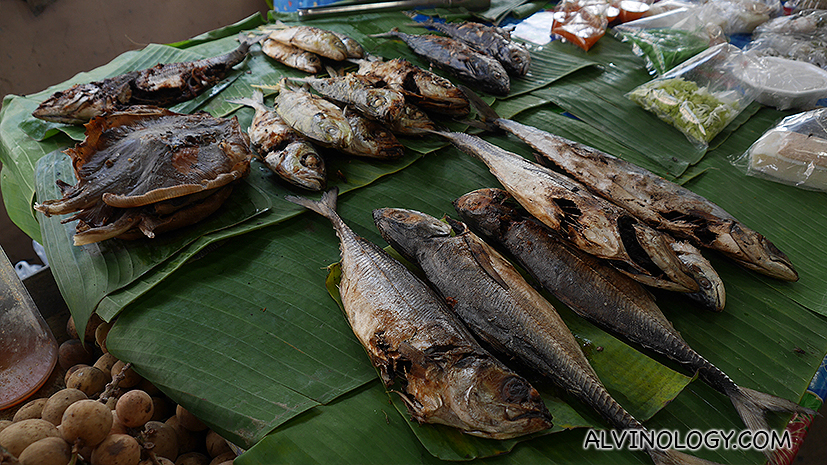
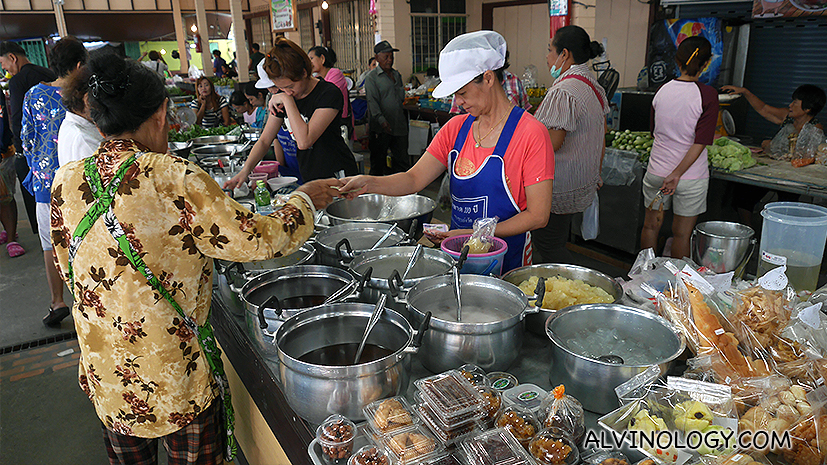
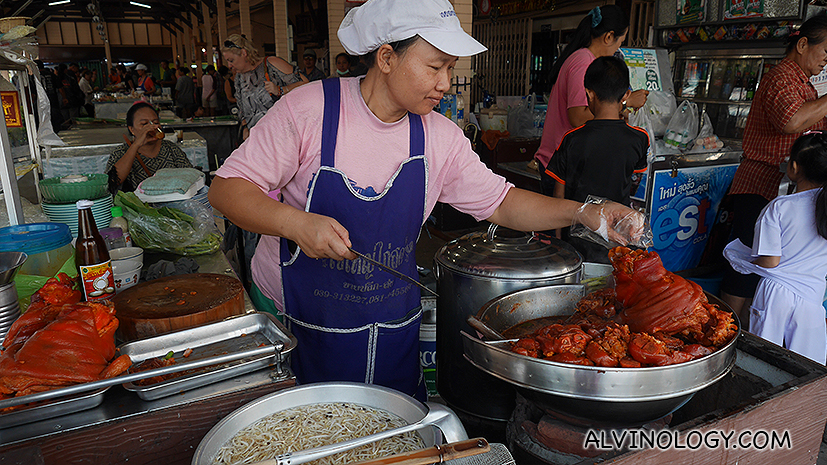
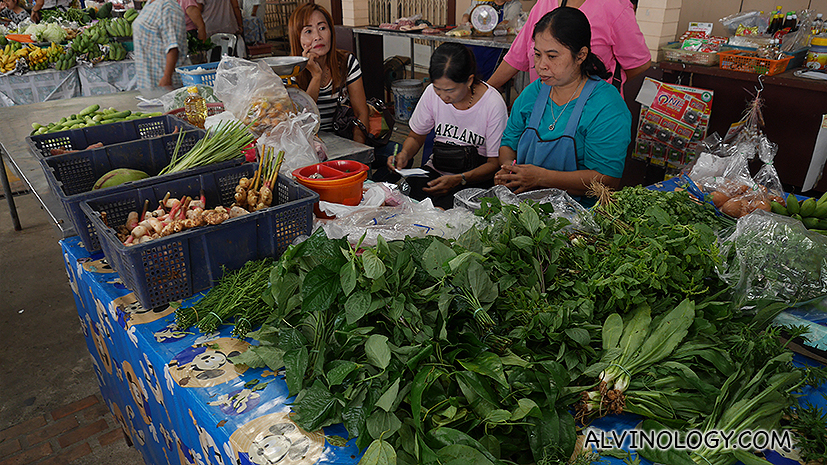

This was followed by a visit to the Chantaboon Learning Centre, a small museum of sort which houses some historical items like old photos of Chantaboon and architectural maps. It is a good place to learn of the small town’s history and admission is free.
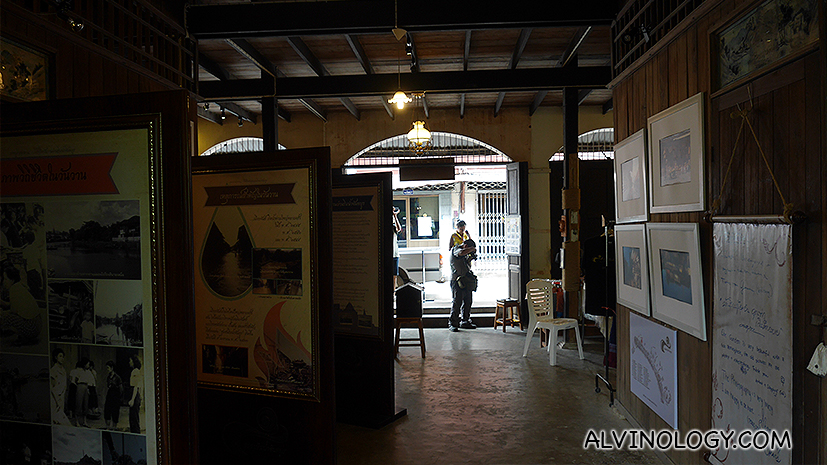
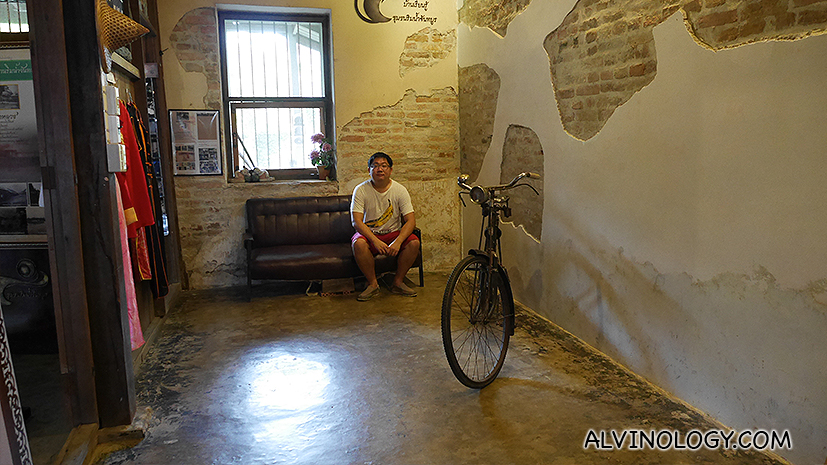
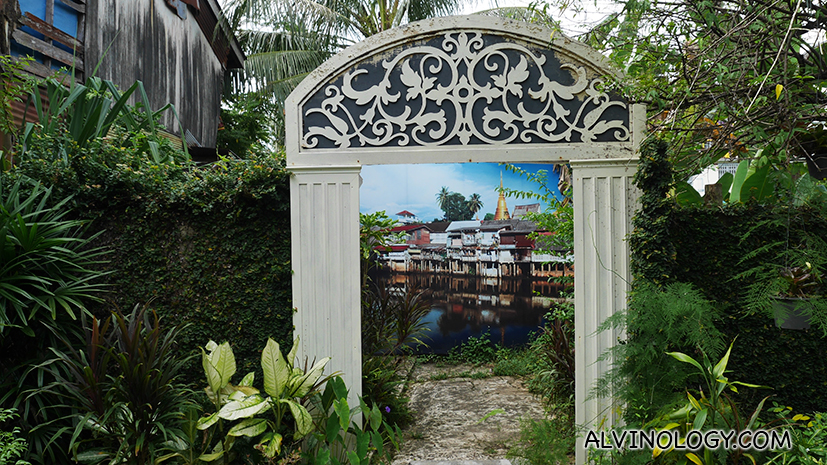
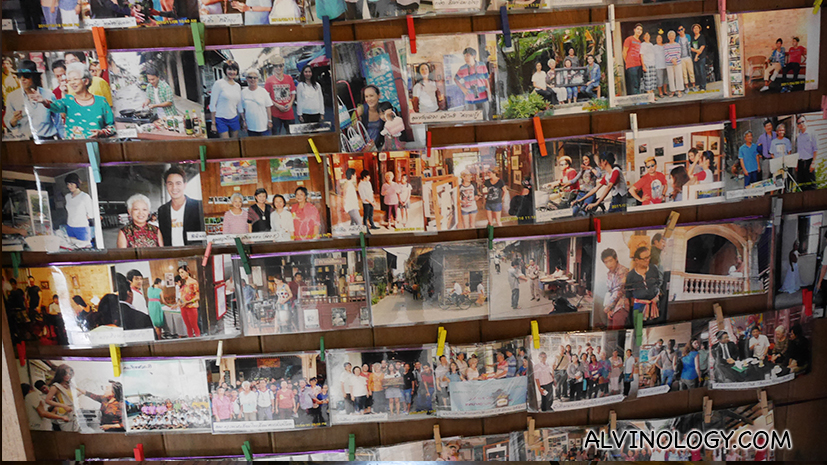
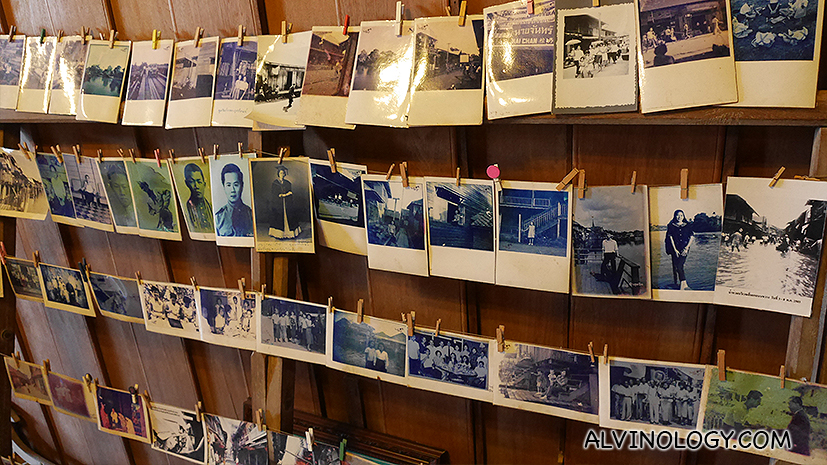
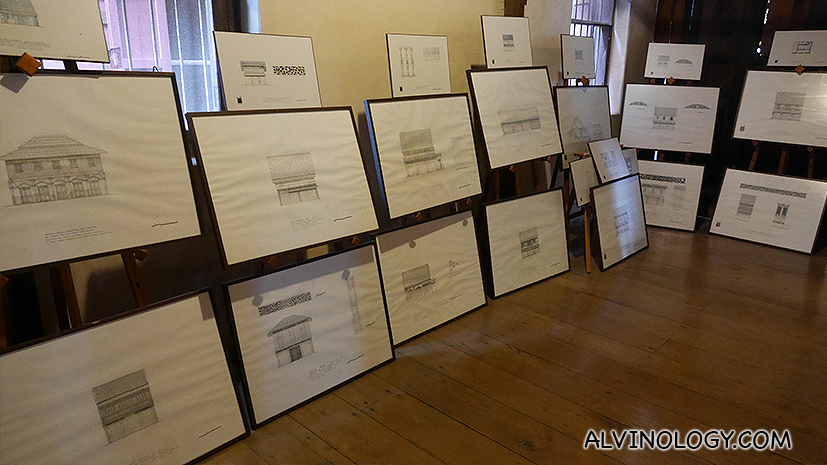

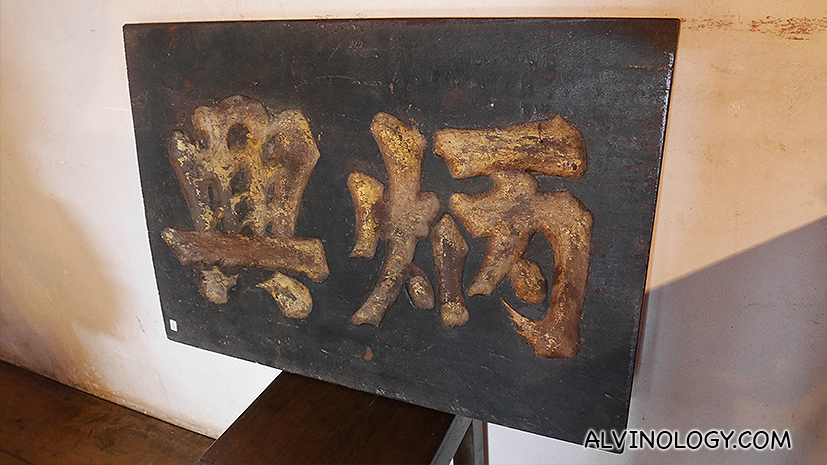
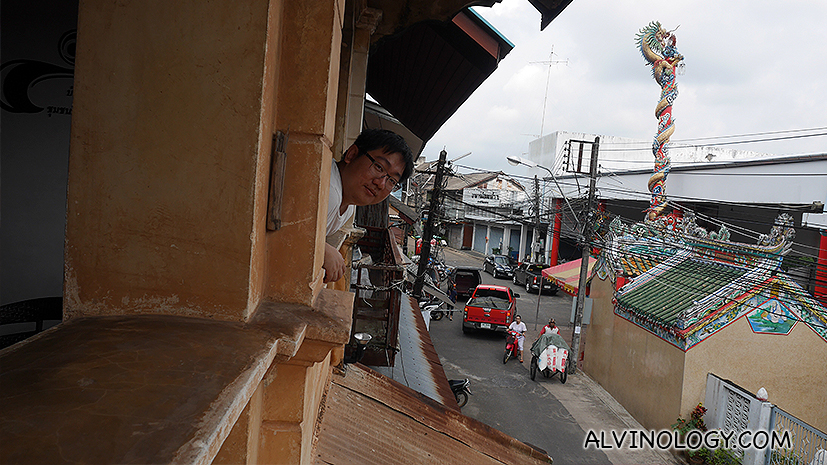
We then headed to the one must-visit sight in Chantaboon, the largest Catholic church in Thailand, the Cathedral of Immaculate Concepcion. The church was built over 300 years ago by Vietnamese Christians whom had escaped to Thailand to escape communists prosecution in their own homeland.
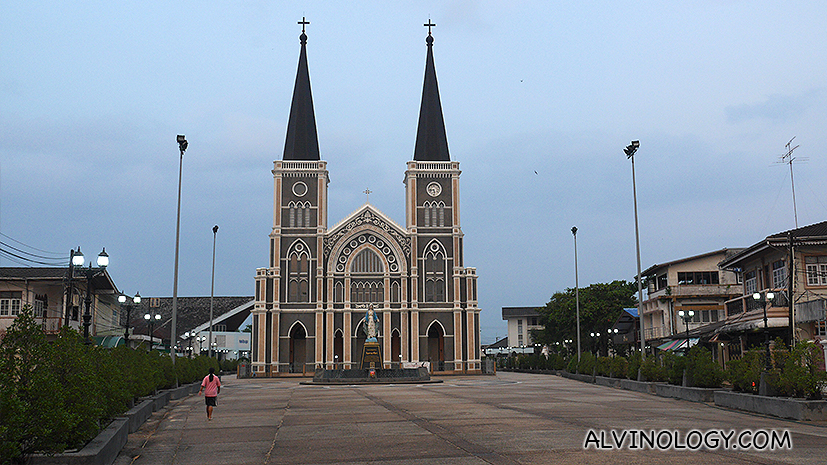
A large open area leads in to the entrance, giving one a sense of peace and tranquillity as you walk towards the church. It is the tallest structure in the area, adding an imposing feel.
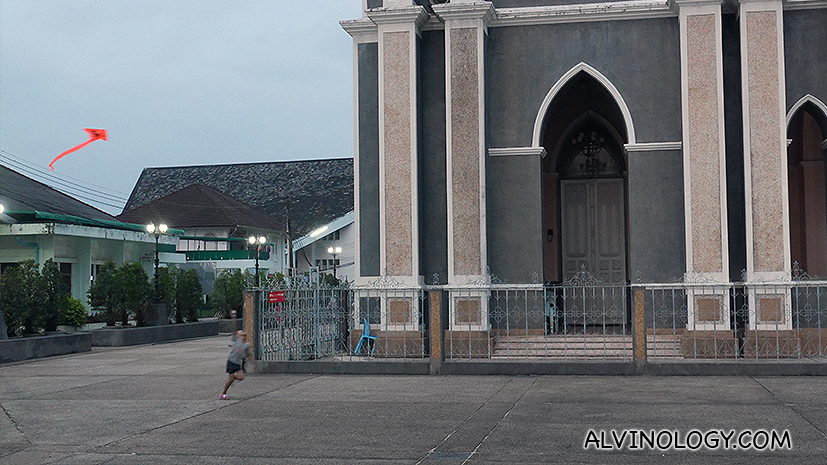
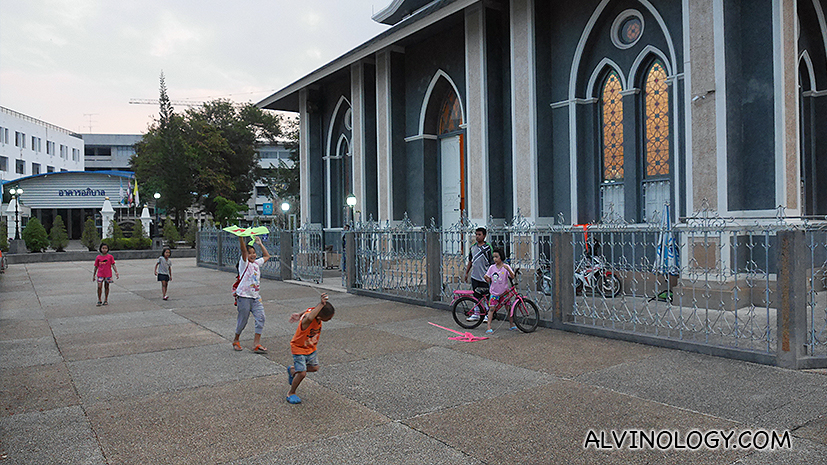
Inside the church, the rooftop is shaped to look like an inverted ship, serving to remind the devotees of where and how they came to Chantaboon.
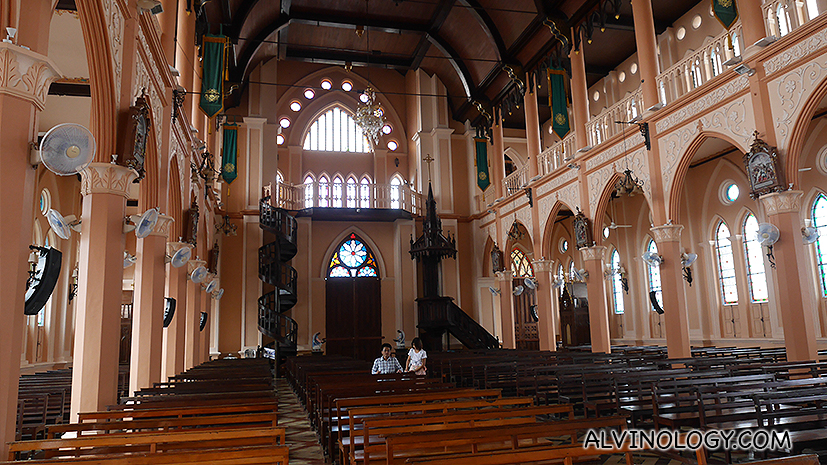
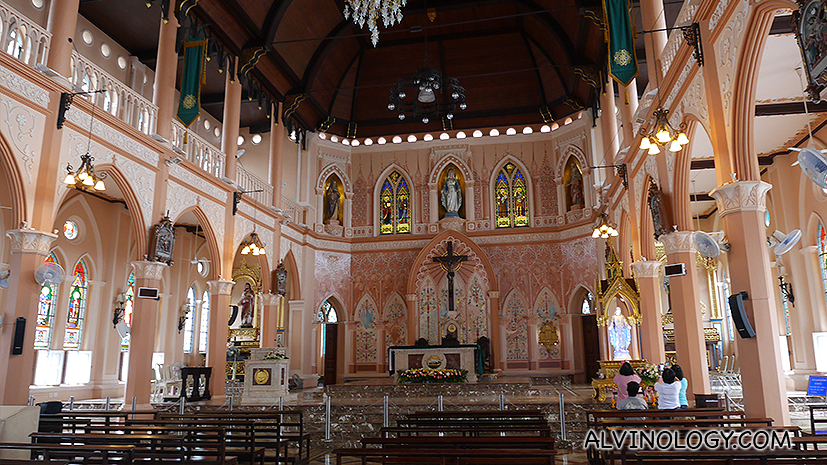
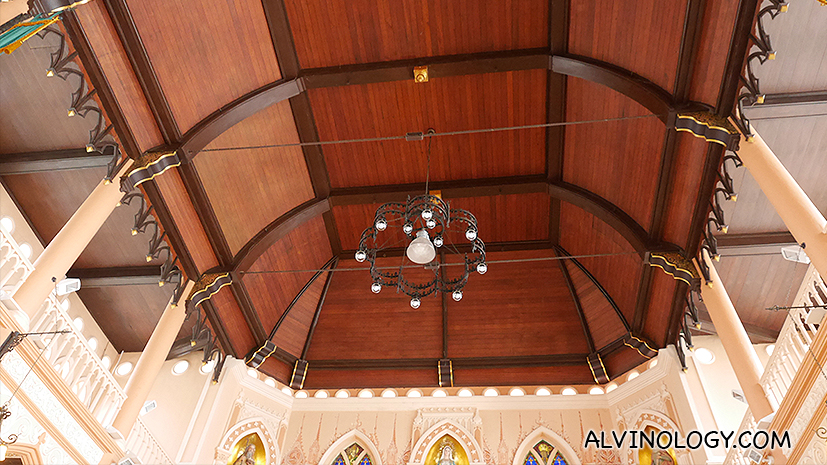
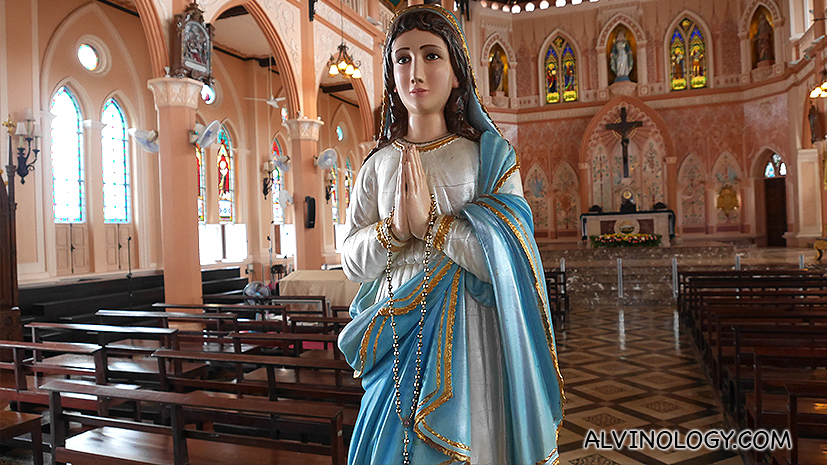
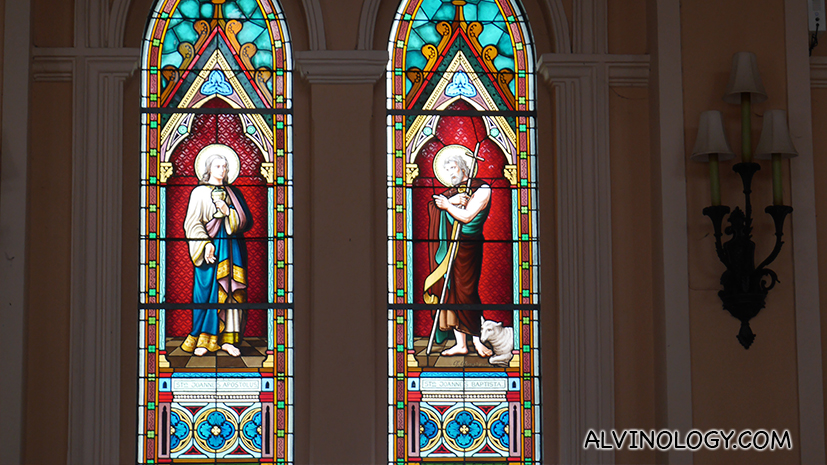
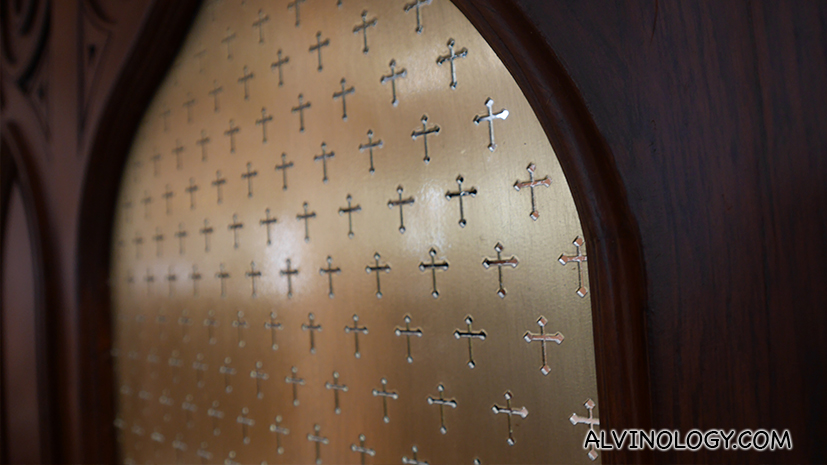
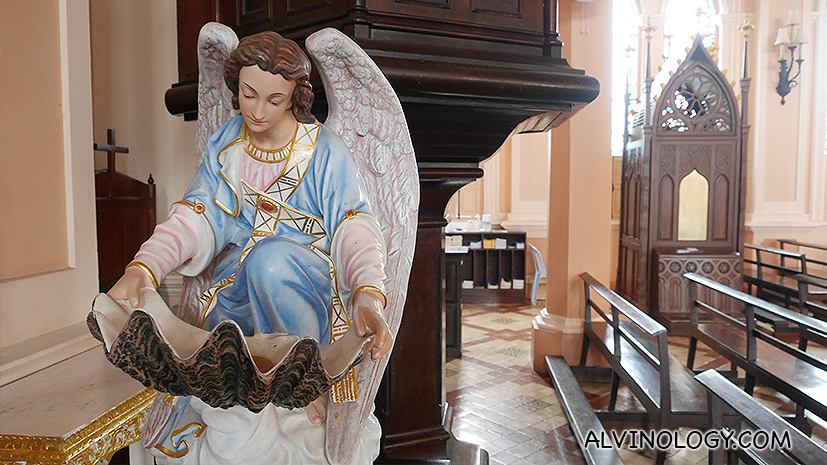
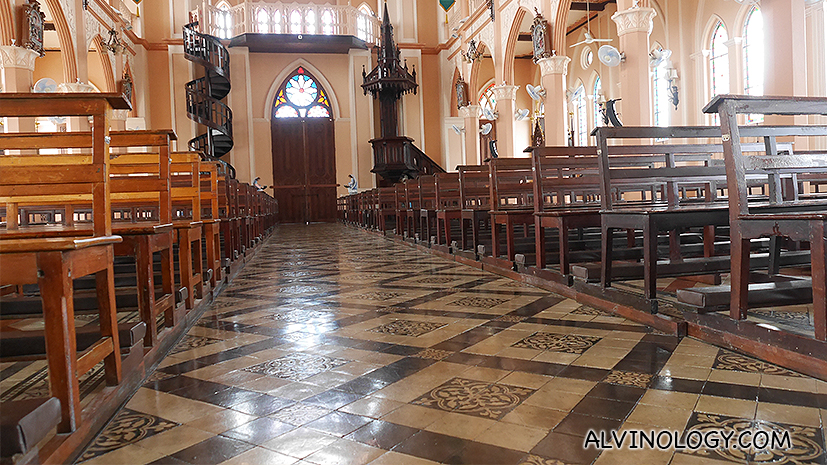
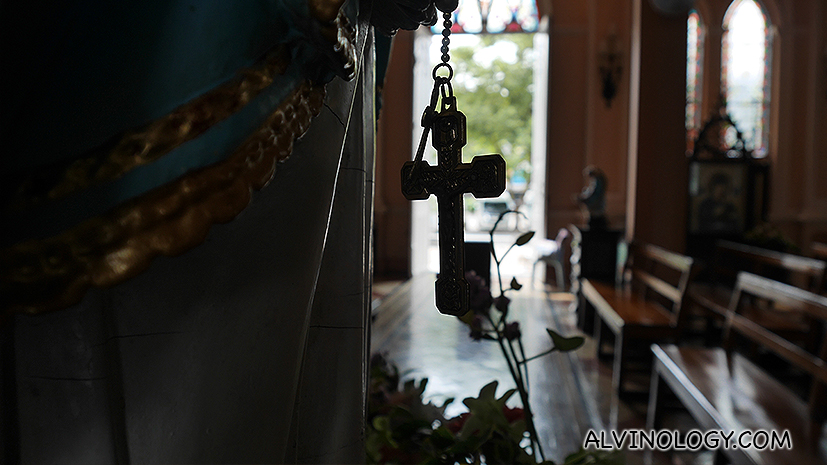
One of the main attraction within the church is a stunning statue of the Immaculate Conception standing on the right side of the church altar. The statue’s veil is made from kilos of silver, gold and more than 20,000 karats of gems, magnifying Chanthaburi’s status as the of gems hub in Thailand.
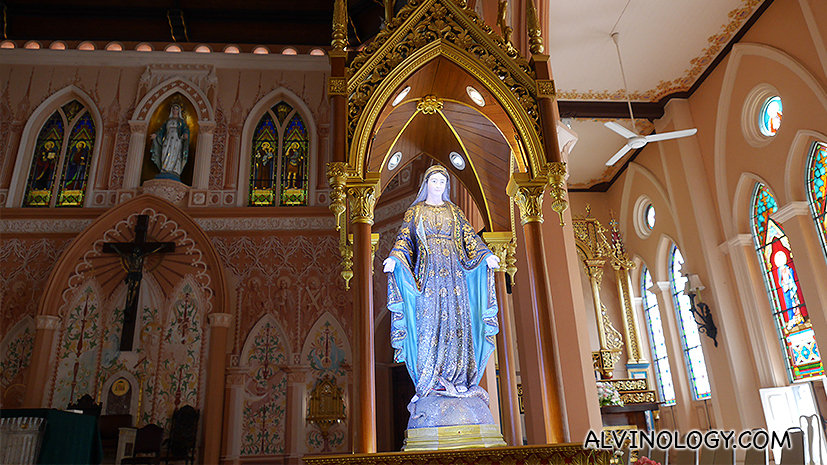
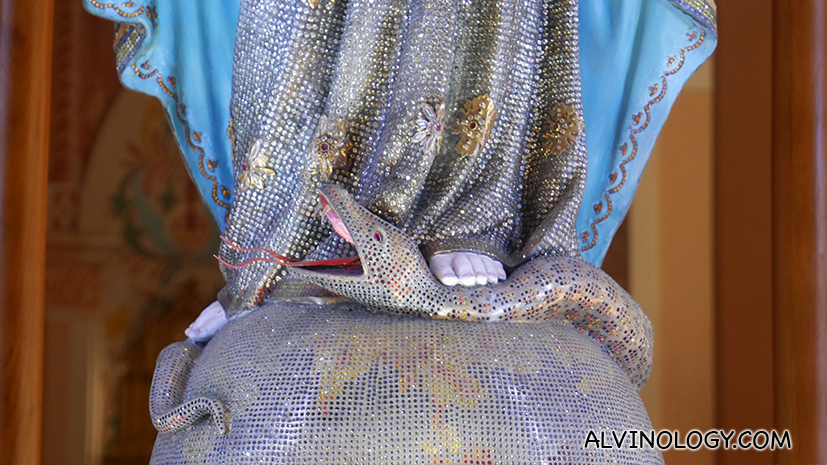
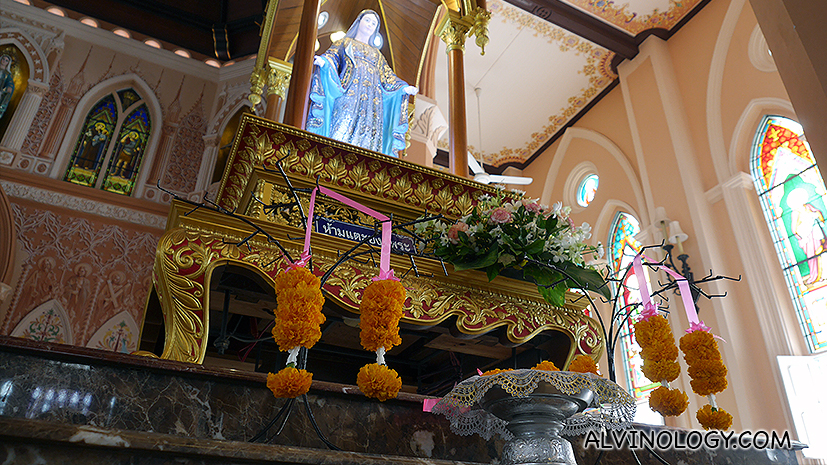
If you are visiting during the weekend, get a taste of Chanthaburi’s famous gems and jewellery trade at the market on Srichan Road. Do drop by at the Chanthaburi Gems and Jewellery Centre, the largest of its kind in Asia. I missed the actions as I was in Chantaboon on two weekdays.
Nonetheless, for me, there were two key highlights for my trip to Chantaboon which I won’t trade for any other experiences. One was when a street vendor broke down into tears of gratitude when my thai friend bought some handmade thai sweets from her and asked her to keep the change. It was not a lot of money, but the old lady tried to stuff more sweets to my friend as she did not want to shortchange my friend. When my friend declined, she was moved to tears. This was a really touching moment, reflecting the simplicity of the people living in Chantaboon.
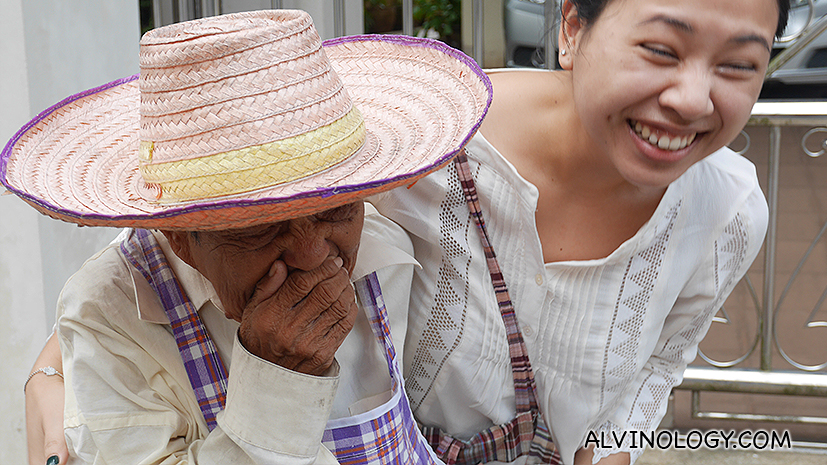
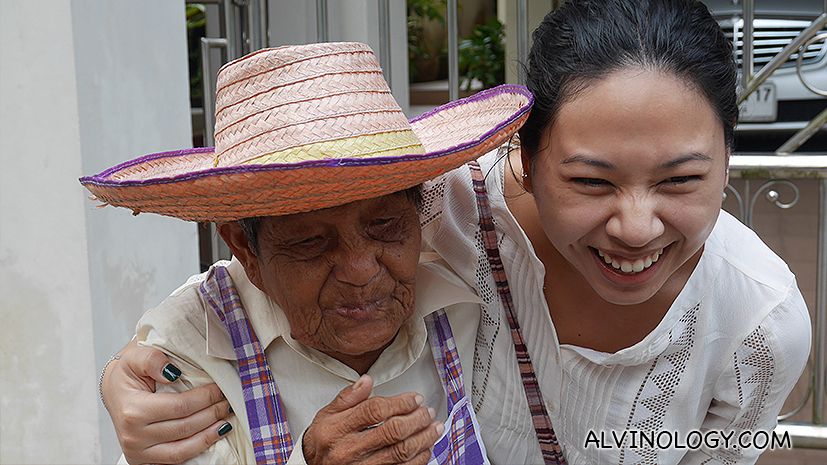
The next moment was when we were invited into a magnificent full wood-style house by the friendly owner who just wanted to interact with strangers taking photos of the area around the church where he stays. The house was really beautiful and the owner allowed us to wander around freely as he share with us his personal story of how his ancestors came to Chantaboon.
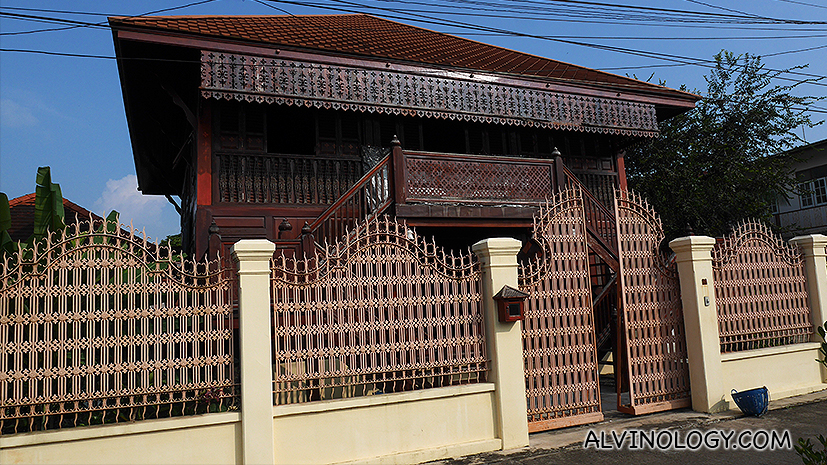
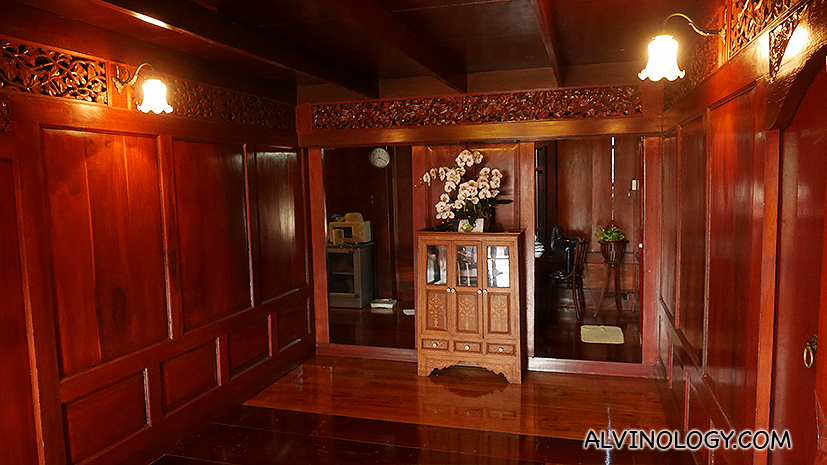
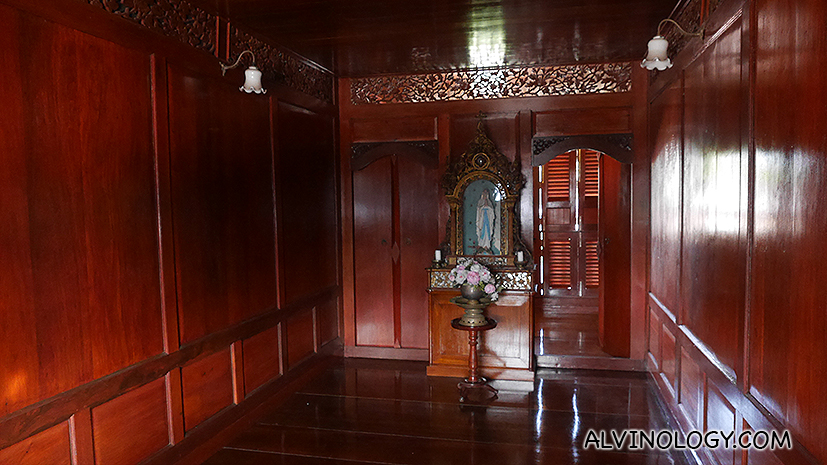
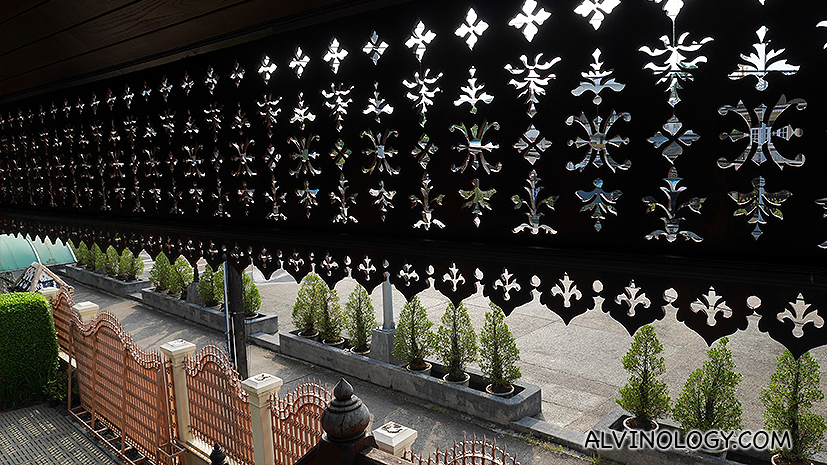
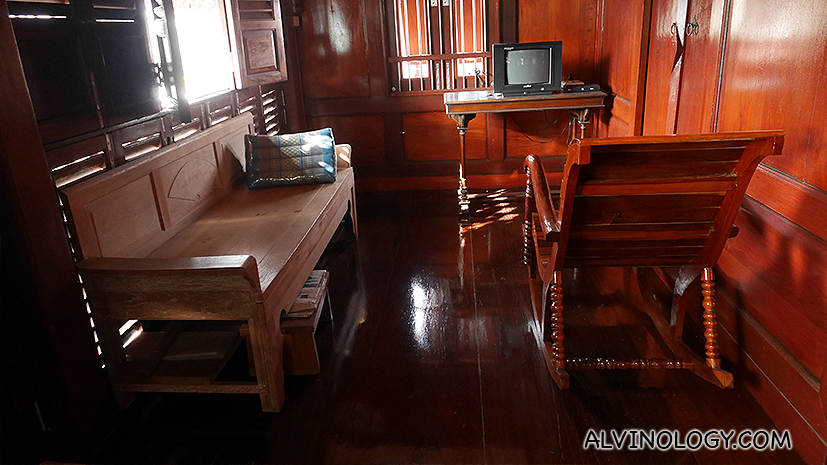
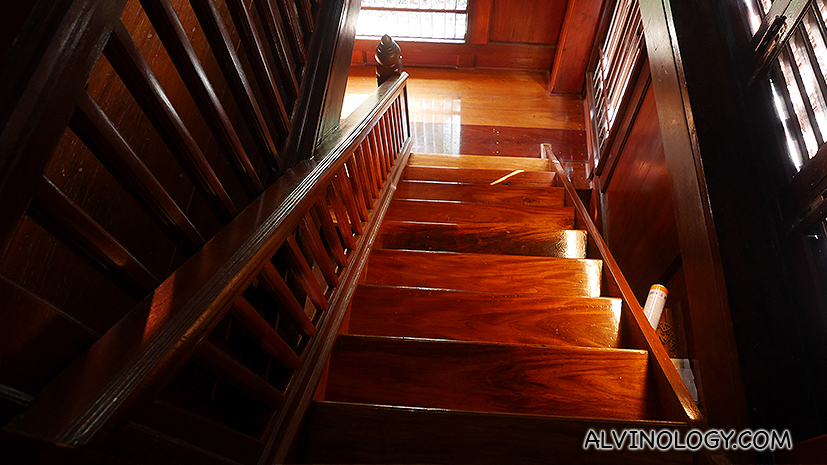
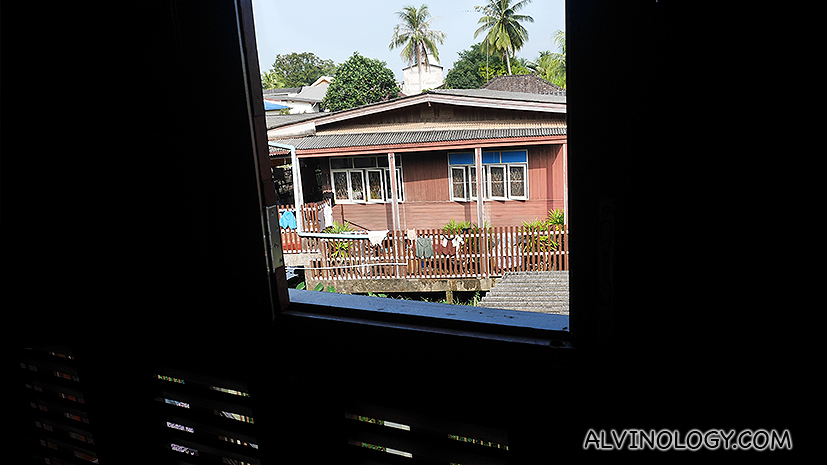
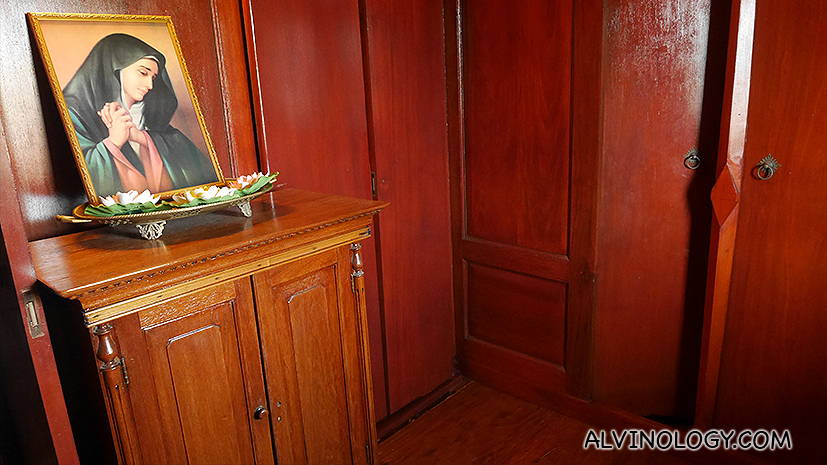
I will never forget Chantaboon. It is one of the more interesting travels I made in 2015. After visiting so many cosmopolitan cities around the world, they start to all look the same, touting the same branded goods and Michelin-starred restaurants. A visit to small historical towns like Chantaboon in Chanthaburi and Prasae in Rayong is a fresh change, allowing me to take a walk back in time.
Getting there
By Car: Chanthaburi is 245km from Bangkok. To get there, take Highway No. 34 (Bang Na-Trat) or Motorway to Chon Buri, then use Highway No. 344 (Ban Bung-Klaeng) and proceed to Chanthaburi along Highway No. 3.
By Bus: Air-conditioned buses leave the Eastern Bus Terminal (Ekkamai) to Chanthaburi every hour from 4 a.m.-midnight. There are also minibuses depart hourly from Bangkok’s Victory Monument.



![[Giveaway Alert] KFC Singapore to Kick Off 2026 With 4 New Asian-Inspired Sauces, including Mala and White Curry [Giveaway Alert] KFC Singapore to Kick Off 2026 With 4 New Asian-Inspired Sauces, including Mala and White Curry - Alvinology](https://media.alvinology.com/uploads/2025/12/WhatsApp-Image-2025-12-21-at-2.58.02-PM-2-110x110.jpeg)







![[Review] Seafood in a Bag from $66 with Abalones, Rock Lobsters, Scallops and more: Lobstar.SG [Review] Seafood in a Bag from $66 with Abalones, Rock Lobsters, Scallops and more: Lobstar.SG - Alvinology](https://alvinology.com/wp-content/uploads/2021/09/lobstar-sg-seafood-07-1024x576.jpg)

I visited Chantabari recently and I could so relate to your blogpost. One must stroll around and literally spend quality time at Chantaboon Waterfront Community. It is such a cute and happy place.